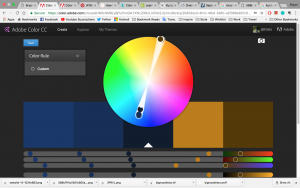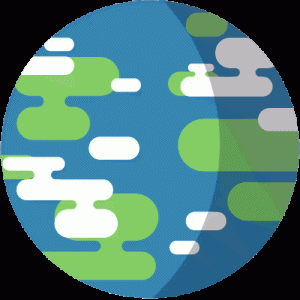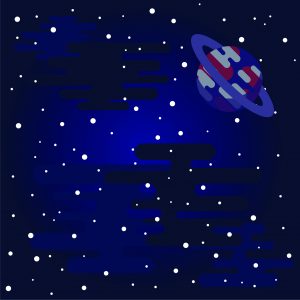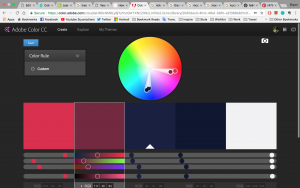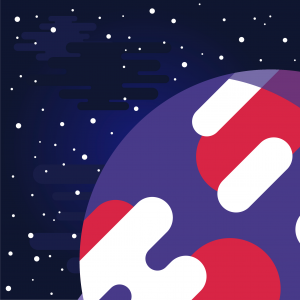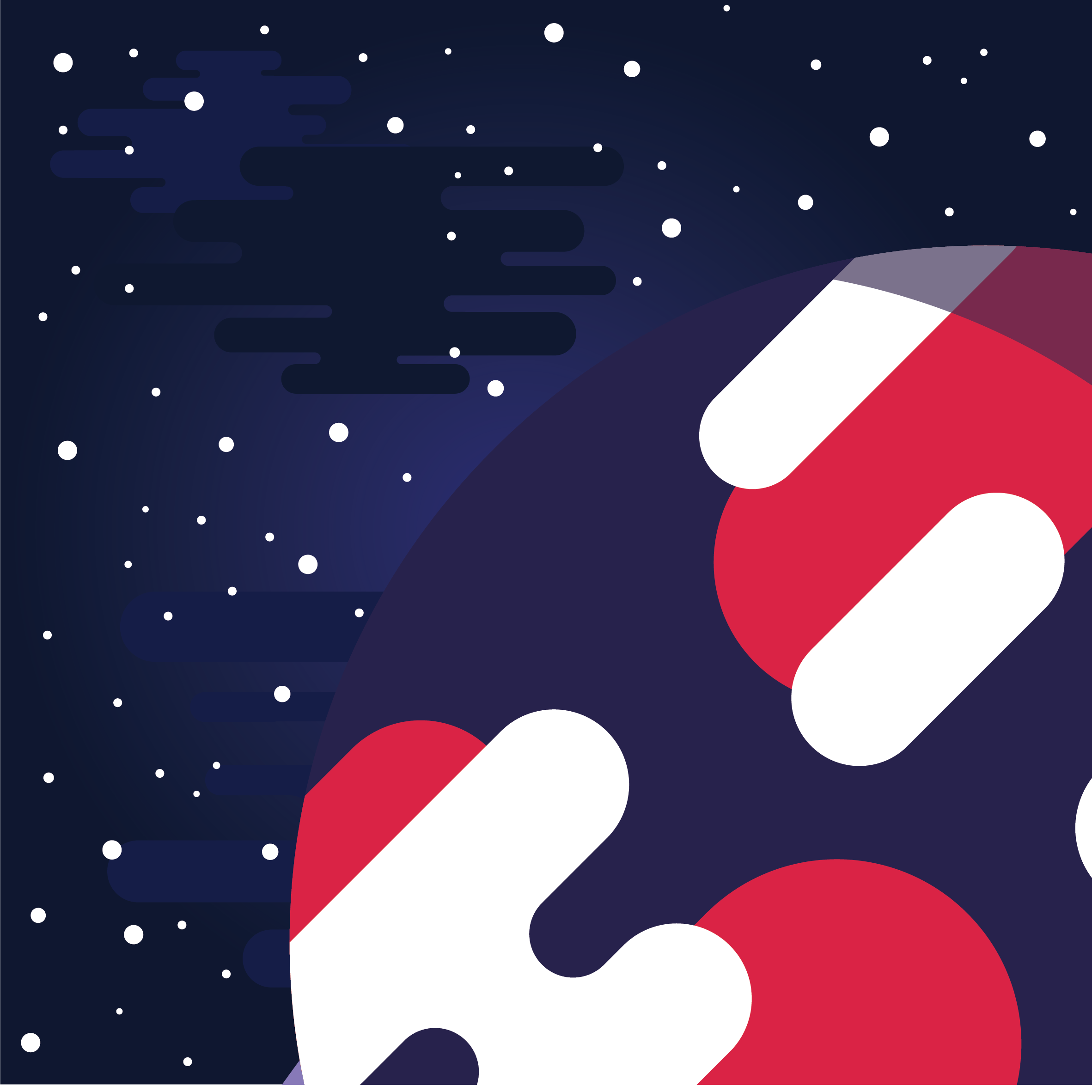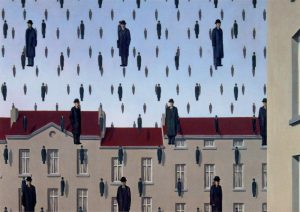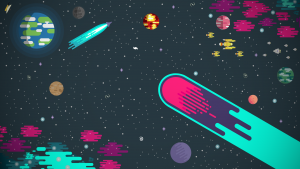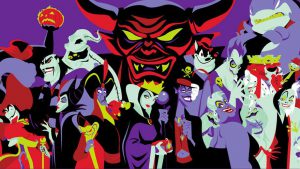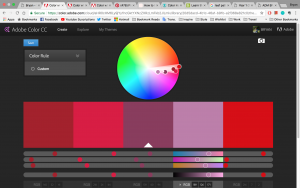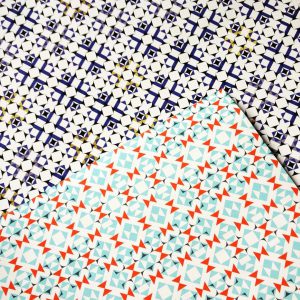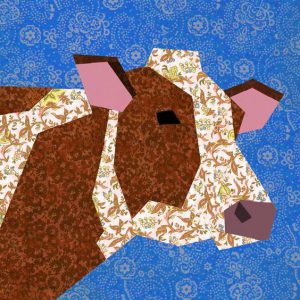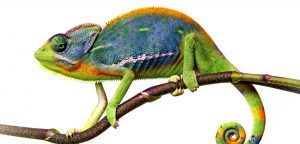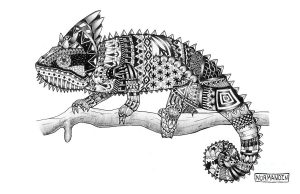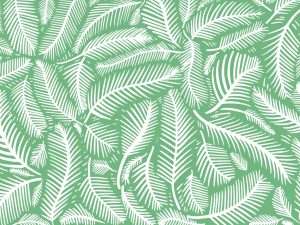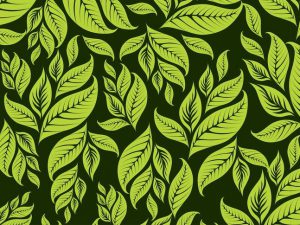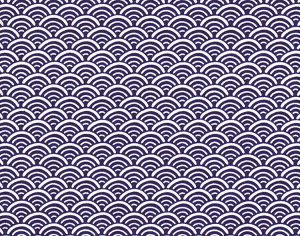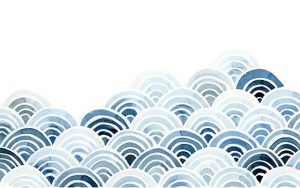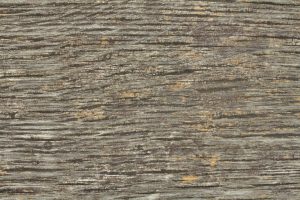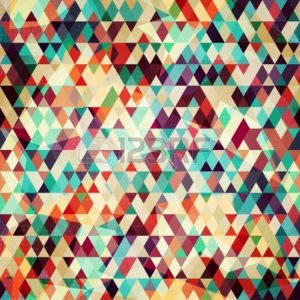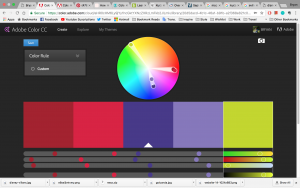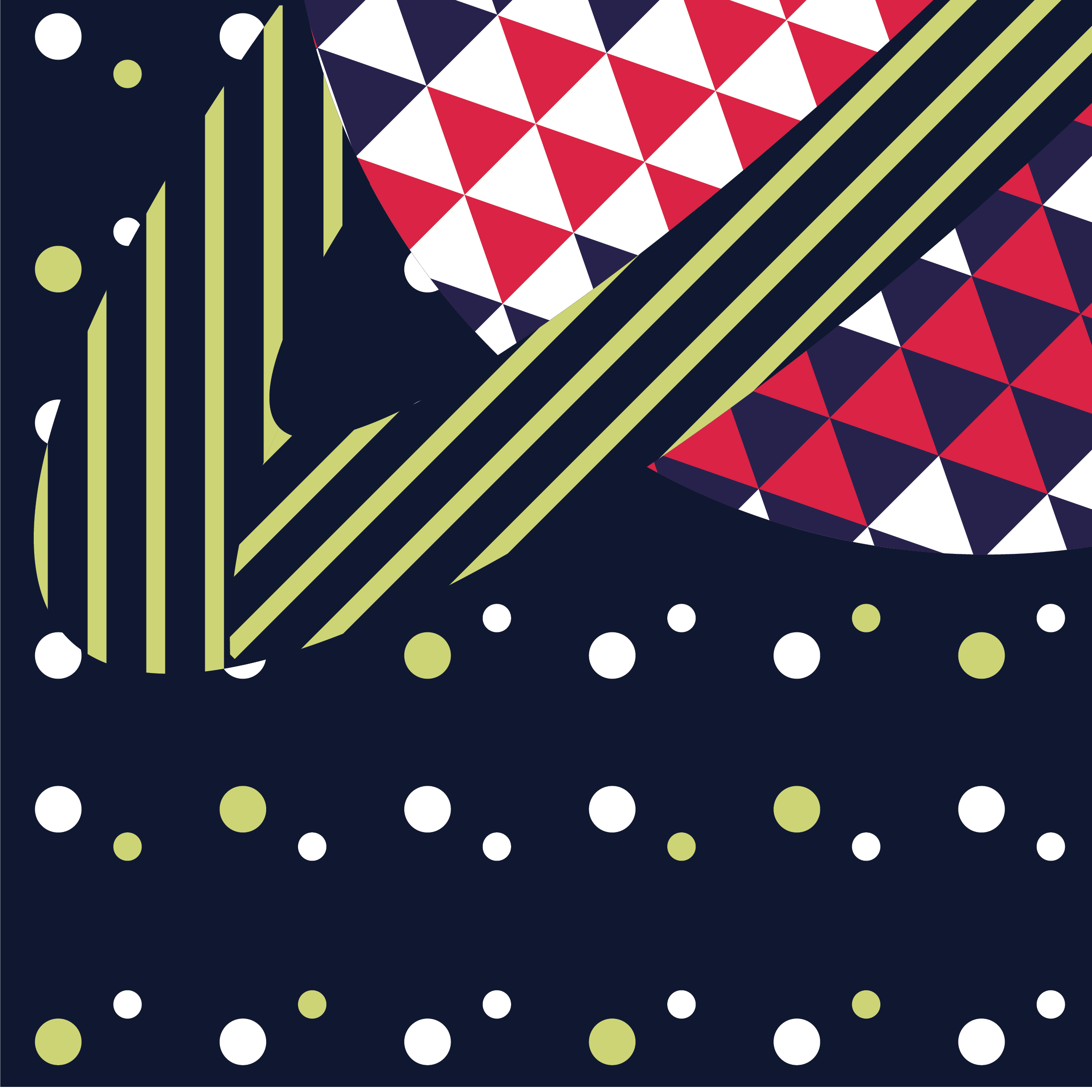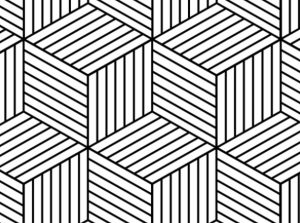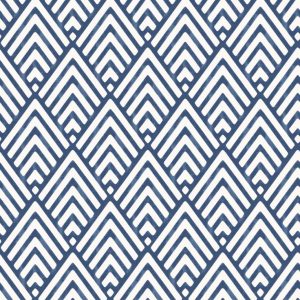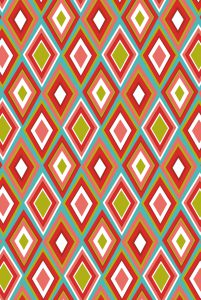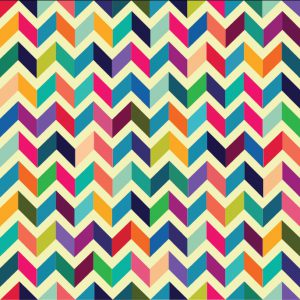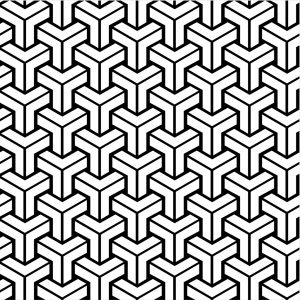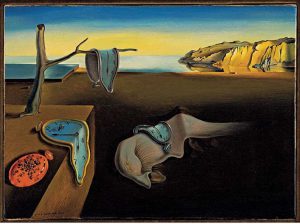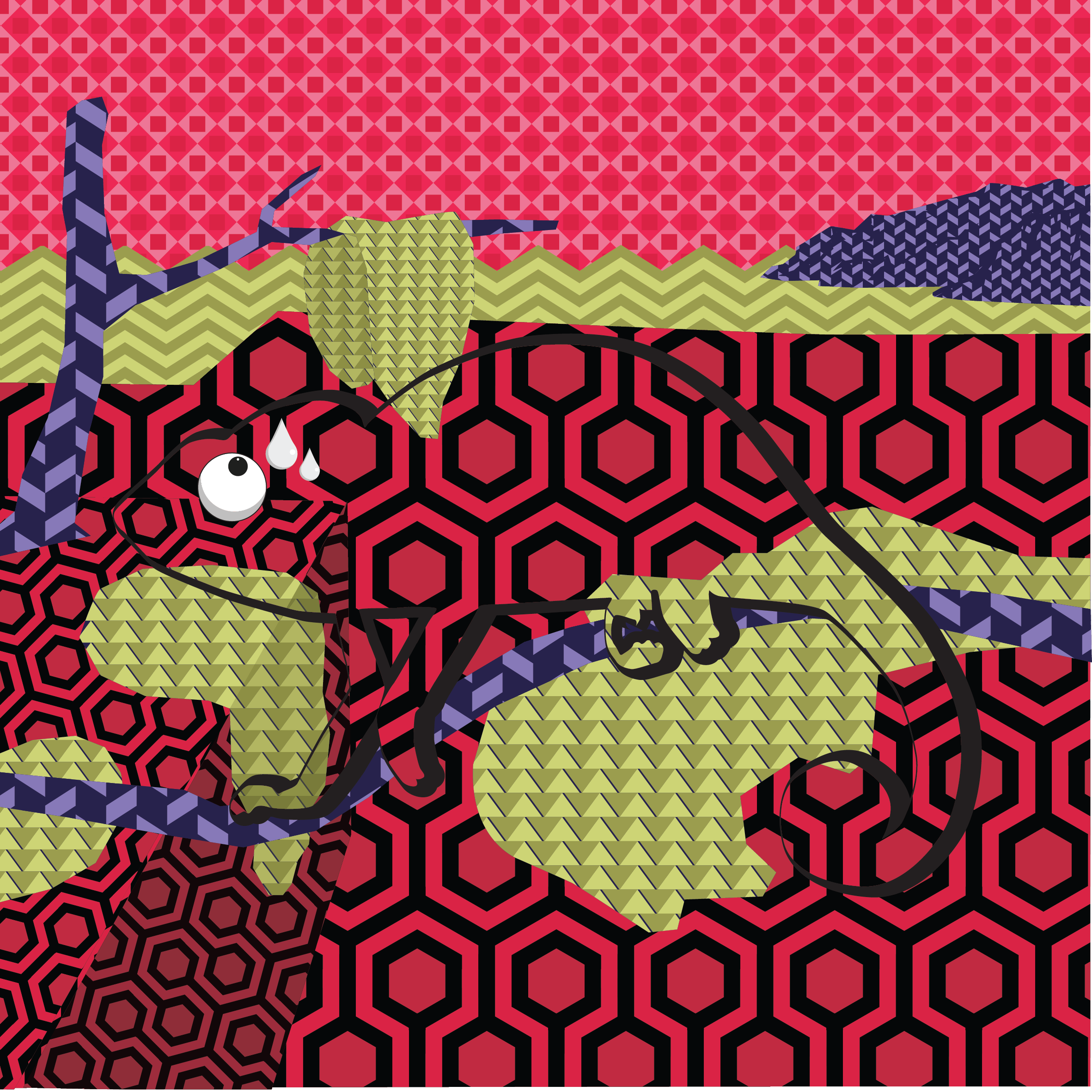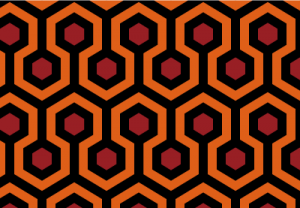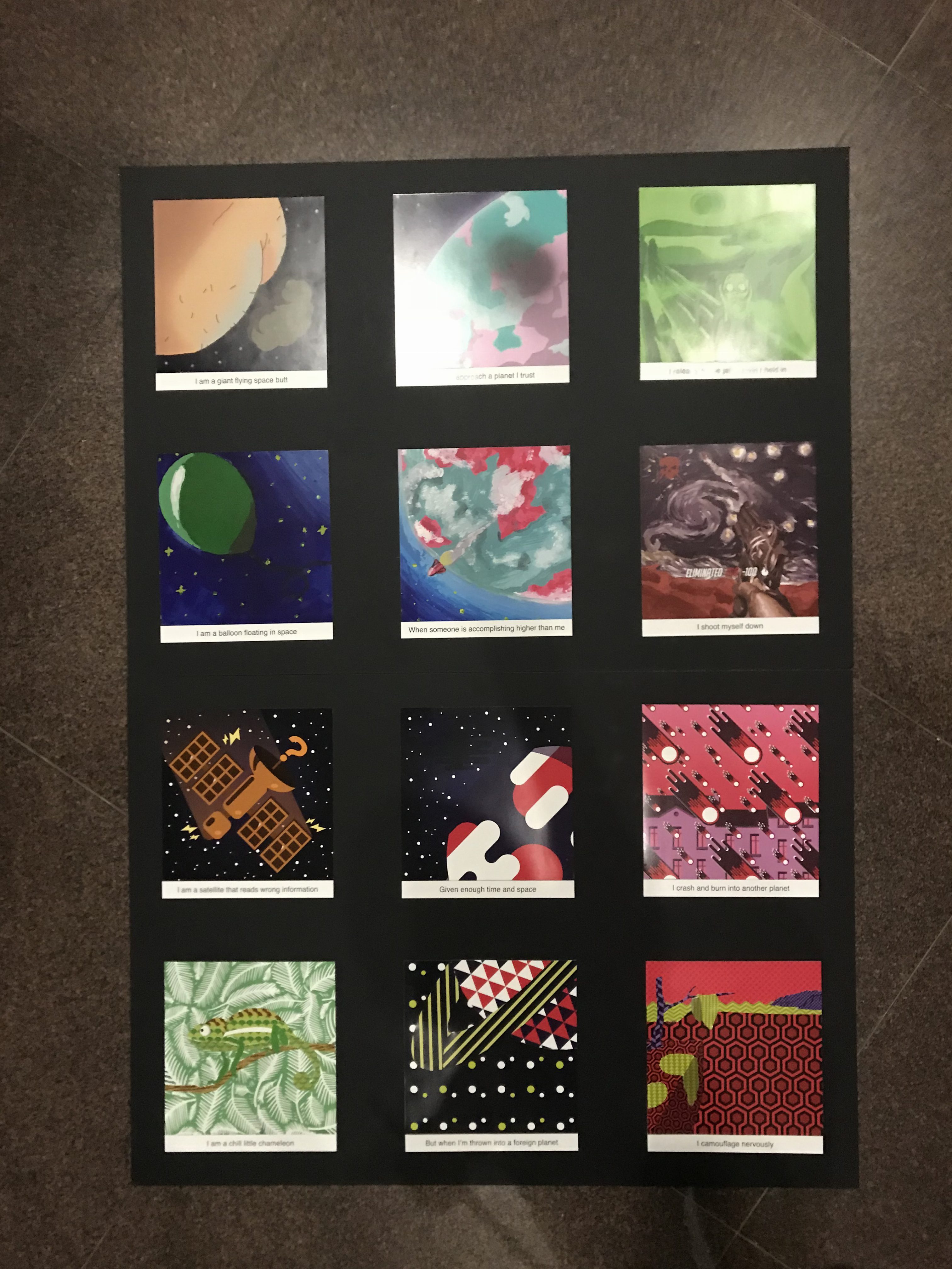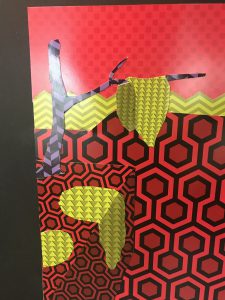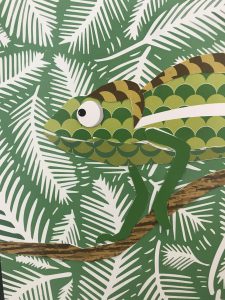Our Research:
So we wanted to work on something like a clock. After Yue Ling and I looking at some online examples and ideas, we decided to settle on an infinity mirror with LED lights that changes as the user interacts with the clock.
As clock measures time, we wanted to play with the idea of a clock not measuring what it’s supposed to measure. So by changing the speed and colour of the clock through interaction, it will create an inaccurate idea of time, and as such, becomes an interesting observation of our relationship with interaction and time.
Our Proposal: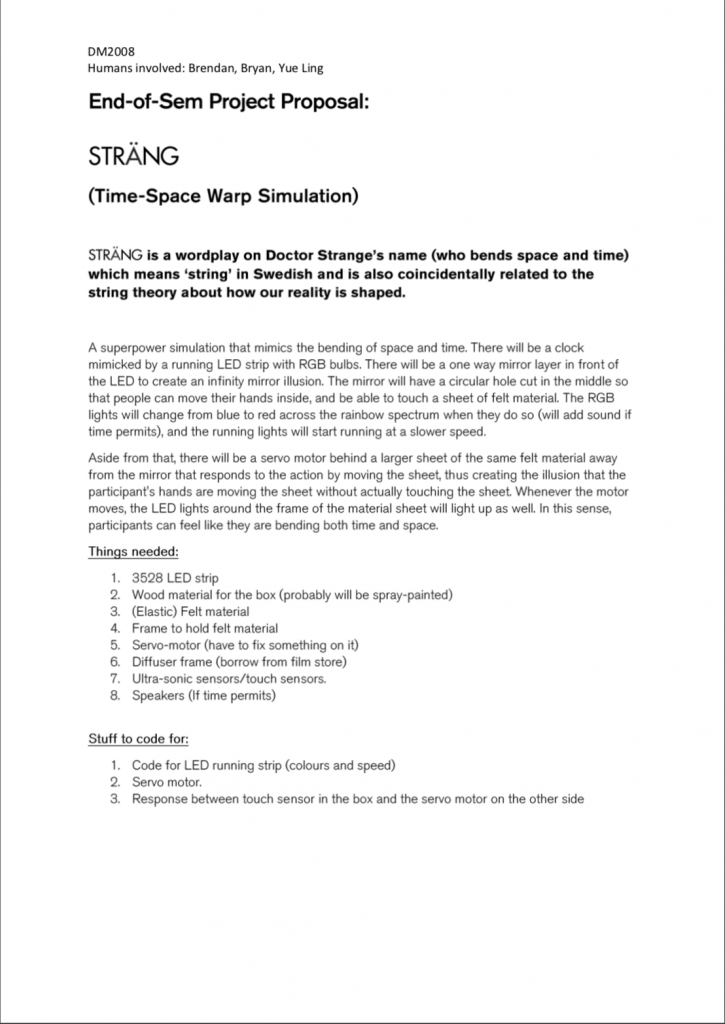
Our Project
Yue Ling and I went to Sim Lim and Art Friend to purchase the items, and after getting some help from Charissa, Jia Yi, Nok Wan, Mark, and Vienna, we managed to get the items we need!
Assembly
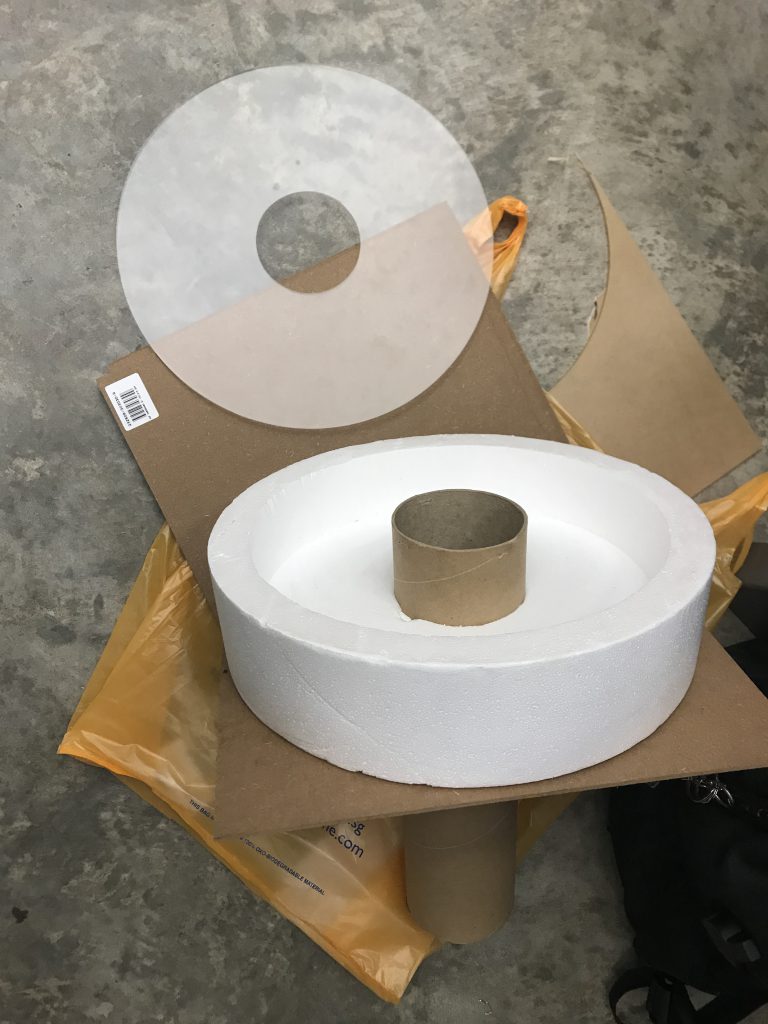 Fixing up the main structure of the clock
Fixing up the main structure of the clock
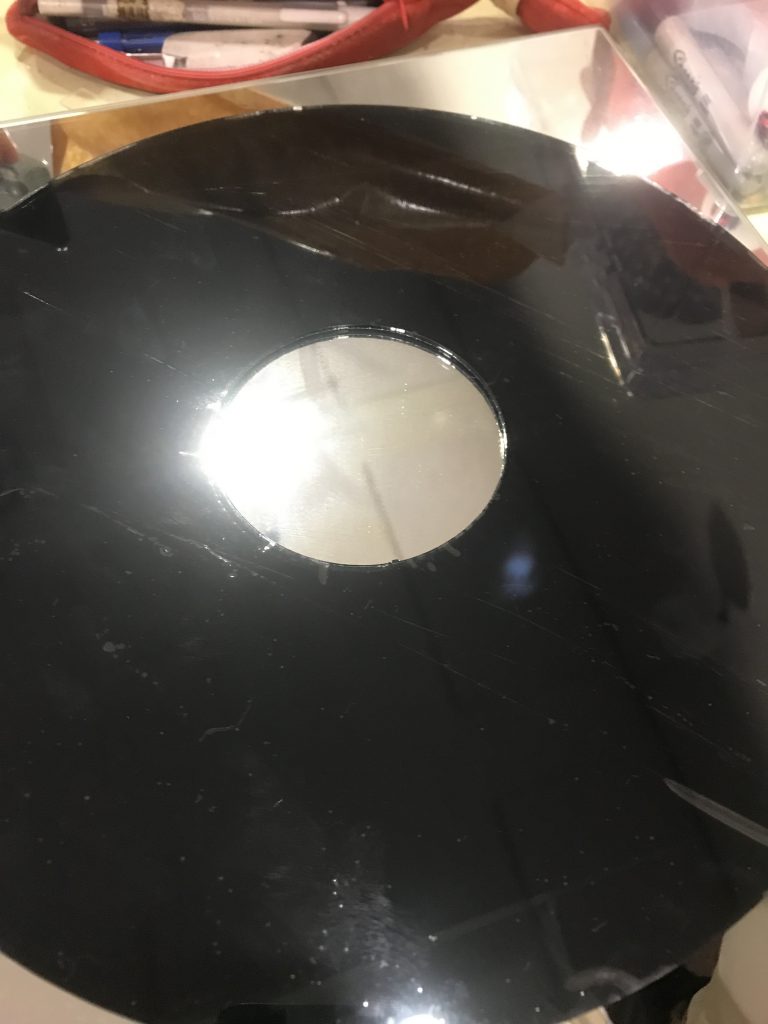 Applying of black one-way mirror film
Applying of black one-way mirror film
After assembly, we put in the LED
The Prototype Code:
Yue Ling found an example online:
With this example, we were able to use a timer to change the LED states, and as we are unable to find an elegant way of coding the colours to change smoothly, we have to create different set of colours and code different timings to different set of colours:
#include <FastLED.h>
#define LED_PIN 13
#define NUM_LEDS 51
#define BRIGHTNESS 200
#define LED_TYPE WS2811
#define COLOR_ORDER GRB
CRGB leds[NUM_LEDS];
#define UPDATES_PER_SECOND 100
CRGBPalette16 currentPalette;
TBlendType currentBlending;
extern CRGBPalette16 myRedWhiteBluePalette;
extern const TProgmemPalette16 myRedW4hiteBluePalette_p PROGMEM;
int x = 1000;
int xspeed = 100;
int p1, p2, p3;
int o1, o2, o3;
void setup() {
delay( 3000 ); // power-up safety delay
FastLED.addLeds<LED_TYPE, LED_PIN, COLOR_ORDER>(leds, NUM_LEDS).setCorrection( TypicalLEDStrip );
FastLED.setBrightness( BRIGHTNESS );
// currentPalette = RainbowColors_p;
currentBlending = LINEARBLEND;
}
void loop()
{
ChangePalettePeriodically();
static uint8_t startIndex = 0;
startIndex = startIndex + 1;
FillLEDsFromPaletteColors( startIndex);
FastLED.show();
FastLED.delay(x / UPDATES_PER_SECOND);
}
void FillLEDsFromPaletteColors( uint8_t colorIndex)
{
uint8_t brightness = 255;
for ( int i = 0; i < NUM_LEDS; i++) {
leds[i] = ColorFromPalette( currentPalette, colorIndex, brightness, currentBlending);
colorIndex += 3;
}
}
void ChangePalettePeriodically()
{
uint8_t secondHand = (millis() / 1000) % 21;
static uint8_t lastSecond = 99;
if ( lastSecond != secondHand) {
lastSecond = secondHand;
if ( secondHand == 0) {
SetupPurpleAndGreenPalette();
currentBlending = LINEARBLEND;
}
if ( secondHand == 1) {
SetupPurpleAndGreenPalette();
currentBlending = LINEARBLEND;
}
if ( secondHand == 2) {
SetupPurpleAndGreenPalette2();
currentBlending = LINEARBLEND;
}
if ( secondHand == 3) {
SetupPurpleAndGreenPalette3();
currentBlending = LINEARBLEND;
}
if ( secondHand == 4) {
SetupPurpleAndGreenPalette4();
currentBlending = LINEARBLEND;
}
if ( secondHand == 5) {
SetupPurpleAndGreenPalette5();
currentBlending = LINEARBLEND;
}
if ( secondHand == 6) {
SetupPurpleAndGreenPalette6();
currentBlending = LINEARBLEND;
}
if ( secondHand == 7) {
SetupPurpleAndGreenPalette7();
currentBlending = LINEARBLEND;
}
if ( secondHand == 8) {
SetupPurpleAndGreenPalette8();
currentBlending = LINEARBLEND;
}
if ( secondHand == 9) {
SetupPurpleAndGreenPalette9();
currentBlending = LINEARBLEND;
}
if ( secondHand == 10) {
SetupPurpleAndGreenPalette10();
currentBlending = LINEARBLEND;
}
if ( secondHand == 11) {
SetupPurpleAndGreenPalette11();
currentBlending = LINEARBLEND;
}
if ( secondHand == 12) {
SetupPurpleAndGreenPalette10();
currentBlending = LINEARBLEND;
}
if ( secondHand == 13) {
SetupPurpleAndGreenPalette9();
currentBlending = LINEARBLEND;
}
if ( secondHand == 14) {
SetupPurpleAndGreenPalette8();
currentBlending = LINEARBLEND;
}
if ( secondHand == 15) {
SetupPurpleAndGreenPalette7();
currentBlending = LINEARBLEND;
}
if ( secondHand == 16) {
SetupPurpleAndGreenPalette6();
currentBlending = LINEARBLEND;
}
if ( secondHand == 17) {
SetupPurpleAndGreenPalette5();
currentBlending = LINEARBLEND;
}
if ( secondHand == 18) {
SetupPurpleAndGreenPalette4();
currentBlending = LINEARBLEND;
}
if ( secondHand == 19) {
SetupPurpleAndGreenPalette3();
currentBlending = LINEARBLEND;
}
if ( secondHand == 20) {
SetupPurpleAndGreenPalette2();
currentBlending = LINEARBLEND;
}
if ( secondHand == 21) {
SetupPurpleAndGreenPalette();
currentBlending = LINEARBLEND;
}
}
}
void SetupPurpleAndGreenPalette()
{
CRGB pink = CRGB( 250, 0, 100);
CRGB pink2 = CRGB( 225, 0, 100);
CRGB pink3 = CRGB( 200, 0, 100);
CRGB pink4 = CRGB( 175, 0, 100);
CRGB purple1 = CRGB( 150, 0, 100);
CRGB purple2 = CRGB( 125, 0, 100);
CRGB purple3 = CRGB( 75, 0, 100);
CRGB purple4 = CRGB( 75, 0, 125);
CRGB purple5 = CRGB( 75, 0, 150);
CRGB purple6 = CRGB( 75, 25, 150);
CRGB purple7 = CRGB( 75, 50, 150);
CRGB orange = CRGB( 250, 100, 50);
CRGB orange2 = CRGB(200, 100, 50);
CRGB orange3 = CRGB(150, 100, 50);
CRGB orange4 = CRGB(100, 100, 50);
CRGB orange5 = CRGB(50, 100, 50);
CRGB orange6 = CRGB(0, 100, 50);
CRGB orange7 = CRGB(0, 100, 100);
CRGB orange8 = CRGB(0, 100, 150);
CRGB orange9 = CRGB(0, 100, 175);
CRGB orange10 = CRGB(0, 100, 200);
CRGB orange11 = CRGB(0, 100, 250);
CRGB yellow = CRGB(255, 255, 0);
CRGB green = CRGB(100, 255, 0);
CRGB turquoise = CRGB(0, 255, 100);
CRGB grue = CRGB( 0, 100, 255);
CRGB purple = CRGB( 255, 100, 255);
CRGB black = CRGB::Black;
currentPalette = CRGBPalette16(
pink, pink, orange, orange,
orange, orange, pink, pink,
pink, pink, orange, orange,
orange, orange, pink, pink );
}
void SetupPurpleAndGreenPalette2()
{
CRGB pink = CRGB( 250, 0, 100);
CRGB pink2 = CRGB( 225, 0, 100);
CRGB pink3 = CRGB( 200, 0, 100);
CRGB pink4 = CRGB( 175, 0, 100);
CRGB purple1 = CRGB( 150, 0, 100);
CRGB purple2 = CRGB( 125, 0, 100);
CRGB purple3 = CRGB( 75, 0, 100);
CRGB purple4 = CRGB( 75, 0, 125);
CRGB purple5 = CRGB( 75, 0, 150);
CRGB purple6 = CRGB( 75, 25, 150);
CRGB purple7 = CRGB( 75, 50, 150);
CRGB orange = CRGB( 250, 100, 50);
CRGB orange2 = CRGB(200, 100, 50);
CRGB orange3 = CRGB(150, 100, 50);
CRGB orange4 = CRGB(100, 100, 50);
CRGB orange5 = CRGB(50, 100, 50);
CRGB orange6 = CRGB(0, 100, 50);
CRGB orange7 = CRGB(0, 100, 100);
CRGB orange8 = CRGB(0, 100, 150);
CRGB orange9 = CRGB(0, 100, 175);
CRGB orange10 = CRGB(0, 100, 200);
CRGB orange11 = CRGB(0, 100, 250);
CRGB yellow = CRGB(255, 255, 0);
CRGB green = CRGB(100, 255, 0);
CRGB turquoise = CRGB(0, 255, 100);
CRGB grue = CRGB( 0, 100, 255);
CRGB purple = CRGB( 255, 100, 255);
CRGB black = CRGB::Black;
currentPalette = CRGBPalette16(
pink2, pink2, orange2, orange2,
orange2, orange2, pink2, pink2,
pink2, pink2, orange2, orange2,
orange2, orange2, pink2, pink2 );
}
void SetupPurpleAndGreenPalette3()
{
CRGB pink = CRGB( 250, 0, 100);
CRGB pink2 = CRGB( 225, 0, 100);
CRGB pink3 = CRGB( 200, 0, 100);
CRGB pink4 = CRGB( 175, 0, 100);
CRGB purple1 = CRGB( 150, 0, 100);
CRGB purple2 = CRGB( 125, 0, 100);
CRGB purple3 = CRGB( 75, 0, 100);
CRGB purple4 = CRGB( 75, 0, 125);
CRGB purple5 = CRGB( 75, 0, 150);
CRGB purple6 = CRGB( 75, 25, 150);
CRGB purple7 = CRGB( 75, 50, 150);
CRGB orange = CRGB( 250, 100, 50);
CRGB orange2 = CRGB(200, 100, 50);
CRGB orange3 = CRGB(150, 100, 50);
CRGB orange4 = CRGB(100, 100, 50);
CRGB orange5 = CRGB(50, 100, 50);
CRGB orange6 = CRGB(0, 100, 50);
CRGB orange7 = CRGB(0, 100, 100);
CRGB orange8 = CRGB(0, 100, 150);
CRGB orange9 = CRGB(0, 100, 175);
CRGB orange10 = CRGB(0, 100, 200);
CRGB orange11 = CRGB(0, 100, 250);
CRGB yellow = CRGB(255, 255, 0);
CRGB green = CRGB(100, 255, 0);
CRGB turquoise = CRGB(0, 255, 100);
CRGB grue = CRGB( 0, 100, 255);
CRGB purple = CRGB( 255, 100, 255);
CRGB black = CRGB::Black;
currentPalette = CRGBPalette16(
pink3, pink3, orange3, orange3,
orange3, orange3, pink3, pink3,
pink3, pink3, orange3, orange3,
orange3, orange3, pink3, pink3 );
}
void SetupPurpleAndGreenPalette4()
{
CRGB pink = CRGB( 250, 0, 100);
CRGB pink2 = CRGB( 225, 0, 100);
CRGB pink3 = CRGB( 200, 0, 100);
CRGB pink4 = CRGB( 175, 0, 100);
CRGB purple1 = CRGB( 150, 0, 100);
CRGB purple2 = CRGB( 125, 0, 100);
CRGB purple3 = CRGB( 75, 0, 100);
CRGB purple4 = CRGB( 75, 0, 125);
CRGB purple5 = CRGB( 75, 0, 150);
CRGB purple6 = CRGB( 75, 25, 150);
CRGB purple7 = CRGB( 75, 50, 150);
CRGB orange = CRGB( 250, 100, 50);
CRGB orange2 = CRGB(200, 100, 50);
CRGB orange3 = CRGB(150, 100, 50);
CRGB orange4 = CRGB(100, 100, 50);
CRGB orange5 = CRGB(50, 100, 50);
CRGB orange6 = CRGB(0, 100, 50);
CRGB orange7 = CRGB(0, 100, 100);
CRGB orange8 = CRGB(0, 100, 150);
CRGB orange9 = CRGB(0, 100, 175);
CRGB orange10 = CRGB(0, 100, 200);
CRGB orange11 = CRGB(0, 100, 250);
CRGB yellow = CRGB(255, 255, 0);
CRGB green = CRGB(100, 255, 0);
CRGB turquoise = CRGB(0, 255, 100);
CRGB grue = CRGB( 0, 100, 255);
CRGB purple = CRGB( 255, 100, 255);
CRGB black = CRGB::Black;
currentPalette = CRGBPalette16(
pink4, pink4, orange4, orange4,
orange4, orange4, pink4, pink4,
pink4, pink4, orange4, orange4,
orange4, orange4, pink4, pink4 );
}
void SetupPurpleAndGreenPalette5()
{
CRGB pink = CRGB( 250, 0, 100);
CRGB pink2 = CRGB( 225, 0, 100);
CRGB pink3 = CRGB( 200, 0, 100);
CRGB pink4 = CRGB( 175, 0, 100);
CRGB purple1 = CRGB( 150, 0, 100);
CRGB purple2 = CRGB( 125, 0, 100);
CRGB purple3 = CRGB( 75, 0, 100);
CRGB purple4 = CRGB( 75, 0, 125);
CRGB purple5 = CRGB( 75, 0, 150);
CRGB purple6 = CRGB( 75, 25, 150);
CRGB purple7 = CRGB( 75, 50, 150);
CRGB orange = CRGB( 250, 100, 50);
CRGB orange2 = CRGB(200, 100, 50);
CRGB orange3 = CRGB(150, 100, 50);
CRGB orange4 = CRGB(100, 100, 50);
CRGB orange5 = CRGB(50, 100, 50);
CRGB orange6 = CRGB(0, 100, 50);
CRGB orange7 = CRGB(0, 100, 100);
CRGB orange8 = CRGB(0, 100, 150);
CRGB orange9 = CRGB(0, 100, 175);
CRGB orange10 = CRGB(0, 100, 200);
CRGB orange11 = CRGB(0, 100, 250);
CRGB yellow = CRGB(255, 255, 0);
CRGB green = CRGB(100, 255, 0);
CRGB turquoise = CRGB(0, 255, 100);
CRGB grue = CRGB( 0, 100, 255);
CRGB purple = CRGB( 255, 100, 255);
CRGB black = CRGB::Black;
currentPalette = CRGBPalette16(
purple1, purple1, orange5, orange5,
orange5, orange5, purple1, purple1,
purple1, purple1, orange5, orange5,
orange5, orange5, purple1, purple1 );
}
void SetupPurpleAndGreenPalette6()
{
CRGB pink = CRGB( 250, 0, 100);
CRGB pink2 = CRGB( 225, 0, 100);
CRGB pink3 = CRGB( 200, 0, 100);
CRGB pink4 = CRGB( 175, 0, 100);
CRGB purple1 = CRGB( 150, 0, 100);
CRGB purple2 = CRGB( 125, 0, 100);
CRGB purple3 = CRGB( 75, 0, 100);
CRGB purple4 = CRGB( 75, 0, 125);
CRGB purple5 = CRGB( 75, 0, 150);
CRGB purple6 = CRGB( 75, 25, 150);
CRGB purple7 = CRGB( 75, 50, 150);
CRGB orange = CRGB( 250, 100, 50);
CRGB orange2 = CRGB(200, 100, 50);
CRGB orange3 = CRGB(150, 100, 50);
CRGB orange4 = CRGB(100, 100, 50);
CRGB orange5 = CRGB(50, 100, 50);
CRGB orange6 = CRGB(0, 100, 50);
CRGB orange7 = CRGB(0, 100, 100);
CRGB orange8 = CRGB(0, 100, 150);
CRGB orange9 = CRGB(0, 100, 175);
CRGB orange10 = CRGB(0, 100, 200);
CRGB orange11 = CRGB(0, 100, 250);
CRGB yellow = CRGB(255, 255, 0);
CRGB green = CRGB(100, 255, 0);
CRGB turquoise = CRGB(0, 255, 100);
CRGB grue = CRGB( 0, 100, 255);
CRGB purple = CRGB( 255, 100, 255);
CRGB black = CRGB::Black;
currentPalette = CRGBPalette16(
purple2, purple2, orange6, orange6,
orange6, orange6, purple2, purple2,
purple2, purple2, orange6, orange6,
orange6, orange6, purple2, purple2 );
}
void SetupPurpleAndGreenPalette7()
{
CRGB pink = CRGB( 250, 0, 100);
CRGB pink2 = CRGB( 225, 0, 100);
CRGB pink3 = CRGB( 200, 0, 100);
CRGB pink4 = CRGB( 175, 0, 100);
CRGB purple1 = CRGB( 150, 0, 100);
CRGB purple2 = CRGB( 125, 0, 100);
CRGB purple3 = CRGB( 75, 0, 100);
CRGB purple4 = CRGB( 75, 0, 125);
CRGB purple5 = CRGB( 75, 0, 150);
CRGB purple6 = CRGB( 75, 25, 150);
CRGB purple7 = CRGB( 75, 50, 150);
CRGB orange = CRGB( 250, 100, 50);
CRGB orange2 = CRGB(200, 100, 50);
CRGB orange3 = CRGB(150, 100, 50);
CRGB orange4 = CRGB(100, 100, 50);
CRGB orange5 = CRGB(50, 100, 50);
CRGB orange6 = CRGB(0, 100, 50);
CRGB orange7 = CRGB(0, 100, 100);
CRGB orange8 = CRGB(0, 100, 150);
CRGB orange9 = CRGB(0, 100, 175);
CRGB orange10 = CRGB(0, 100, 200);
CRGB orange11 = CRGB(0, 100, 250);
CRGB yellow = CRGB(255, 255, 0);
CRGB green = CRGB(100, 255, 0);
CRGB turquoise = CRGB(0, 255, 100);
CRGB grue = CRGB( 0, 100, 255);
CRGB purple = CRGB( 255, 100, 255);
CRGB black = CRGB::Black;
currentPalette = CRGBPalette16(
purple3, purple3, orange7, orange7,
orange7, orange7, purple3, purple3,
purple3, purple3, orange7, orange7,
orange7, orange7, purple3, purple3 );
}
void SetupPurpleAndGreenPalette8()
{
CRGB pink = CRGB( 250, 0, 100);
CRGB pink2 = CRGB( 225, 0, 100);
CRGB pink3 = CRGB( 200, 0, 100);
CRGB pink4 = CRGB( 175, 0, 100);
CRGB purple1 = CRGB( 150, 0, 100);
CRGB purple2 = CRGB( 125, 0, 100);
CRGB purple3 = CRGB( 75, 0, 100);
CRGB purple4 = CRGB( 75, 0, 125);
CRGB purple5 = CRGB( 75, 0, 150);
CRGB purple6 = CRGB( 75, 25, 150);
CRGB purple7 = CRGB( 75, 50, 150);
CRGB orange = CRGB( 250, 100, 50);
CRGB orange2 = CRGB(200, 100, 50);
CRGB orange3 = CRGB(150, 100, 50);
CRGB orange4 = CRGB(100, 100, 50);
CRGB orange5 = CRGB(50, 100, 50);
CRGB orange6 = CRGB(0, 100, 50);
CRGB orange7 = CRGB(0, 100, 100);
CRGB orange8 = CRGB(0, 100, 150);
CRGB orange9 = CRGB(0, 100, 175);
CRGB orange10 = CRGB(0, 100, 200);
CRGB orange11 = CRGB(0, 100, 250);
CRGB yellow = CRGB(255, 255, 0);
CRGB green = CRGB(100, 255, 0);
CRGB turquoise = CRGB(0, 255, 100);
CRGB grue = CRGB( 0, 100, 255);
CRGB purple = CRGB( 255, 100, 255);
CRGB black = CRGB::Black;
currentPalette = CRGBPalette16(
purple4, purple4, orange8, orange8,
orange8, orange8, purple4, purple4,
purple4, purple4, orange8, orange8,
orange8, orange8, purple4, purple4 );
}
void SetupPurpleAndGreenPalette9()
{
CRGB pink = CRGB( 250, 0, 100);
CRGB pink2 = CRGB( 225, 0, 100);
CRGB pink3 = CRGB( 200, 0, 100);
CRGB pink4 = CRGB( 175, 0, 100);
CRGB purple1 = CRGB( 150, 0, 100);
CRGB purple2 = CRGB( 125, 0, 100);
CRGB purple3 = CRGB( 75, 0, 100);
CRGB purple4 = CRGB( 75, 0, 125);
CRGB purple5 = CRGB( 75, 0, 150);
CRGB purple6 = CRGB( 75, 25, 150);
CRGB purple7 = CRGB( 75, 50, 150);
CRGB orange = CRGB( 250, 100, 50);
CRGB orange2 = CRGB(200, 100, 50);
CRGB orange3 = CRGB(150, 100, 50);
CRGB orange4 = CRGB(100, 100, 50);
CRGB orange5 = CRGB(50, 100, 50);
CRGB orange6 = CRGB(0, 100, 50);
CRGB orange7 = CRGB(0, 100, 100);
CRGB orange8 = CRGB(0, 100, 150);
CRGB orange9 = CRGB(0, 100, 175);
CRGB orange10 = CRGB(0, 100, 200);
CRGB orange11 = CRGB(0, 100, 250);
CRGB yellow = CRGB(255, 255, 0);
CRGB green = CRGB(100, 255, 0);
CRGB turquoise = CRGB(0, 255, 100);
CRGB grue = CRGB( 0, 100, 255);
CRGB purple = CRGB( 255, 100, 255);
CRGB black = CRGB::Black;
currentPalette = CRGBPalette16(
purple5, purple5, orange9, orange9,
orange9, orange9, purple5, purple5,
purple5, purple5, orange9, orange9,
orange9, orange9, purple5, purple5);
}
void SetupPurpleAndGreenPalette10()
{
CRGB pink = CRGB( 250, 0, 100);
CRGB pink2 = CRGB( 225, 0, 100);
CRGB pink3 = CRGB( 200, 0, 100);
CRGB pink4 = CRGB( 175, 0, 100);
CRGB purple1 = CRGB( 150, 0, 100);
CRGB purple2 = CRGB( 125, 0, 100);
CRGB purple3 = CRGB( 75, 0, 100);
CRGB purple4 = CRGB( 75, 0, 125);
CRGB purple5 = CRGB( 75, 0, 150);
CRGB purple6 = CRGB( 75, 25, 150);
CRGB purple7 = CRGB( 75, 50, 150);
CRGB orange = CRGB( 250, 100, 50);
CRGB orange2 = CRGB(200, 100, 50);
CRGB orange3 = CRGB(150, 100, 50);
CRGB orange4 = CRGB(100, 100, 50);
CRGB orange5 = CRGB(50, 100, 50);
CRGB orange6 = CRGB(0, 100, 50);
CRGB orange7 = CRGB(0, 100, 100);
CRGB orange8 = CRGB(0, 100, 150);
CRGB orange9 = CRGB(0, 100, 175);
CRGB orange10 = CRGB(0, 100, 200);
CRGB orange11 = CRGB(0, 100, 250);
CRGB yellow = CRGB(255, 255, 0);
CRGB green = CRGB(100, 255, 0);
CRGB turquoise = CRGB(0, 255, 100);
CRGB grue = CRGB( 0, 100, 255);
CRGB purple = CRGB( 255, 100, 255);
CRGB black = CRGB::Black;
currentPalette = CRGBPalette16(
purple6, purple6, orange10, orange10,
orange10, orange10, purple6, purple6,
purple6, purple6, orange10, orange10,
orange10, orange10, purple6, purple6);
}
void SetupPurpleAndGreenPalette11()
{
CRGB pink = CRGB( 250, 0, 100);
CRGB pink2 = CRGB( 225, 0, 100);
CRGB pink3 = CRGB( 200, 0, 100);
CRGB pink4 = CRGB( 175, 0, 100);
CRGB purple1 = CRGB( 150, 0, 100);
CRGB purple2 = CRGB( 125, 0, 100);
CRGB purple3 = CRGB( 75, 0, 100);
CRGB purple4 = CRGB( 75, 0, 125);
CRGB purple5 = CRGB( 75, 0, 150);
CRGB purple6 = CRGB( 75, 25, 150);
CRGB purple7 = CRGB( 75, 50, 150);
CRGB orange = CRGB( 250, 100, 50);
CRGB orange2 = CRGB(200, 100, 50);
CRGB orange3 = CRGB(150, 100, 50);
CRGB orange4 = CRGB(100, 100, 50);
CRGB orange5 = CRGB(50, 100, 50);
CRGB orange6 = CRGB(0, 100, 50);
CRGB orange7 = CRGB(0, 100, 100);
CRGB orange8 = CRGB(0, 100, 150);
CRGB orange9 = CRGB(0, 100, 175);
CRGB orange10 = CRGB(0, 100, 200);
CRGB orange11 = CRGB(0, 100, 250);
CRGB yellow = CRGB(255, 255, 0);
CRGB green = CRGB(100, 255, 0);
CRGB turquoise = CRGB(0, 255, 100);
CRGB grue = CRGB( 0, 100, 255);
CRGB purple = CRGB( 255, 100, 255);
CRGB black = CRGB::Black;
currentPalette = CRGBPalette16(
purple7, purple7, orange11, orange11,
orange11, orange11, purple7, purple7,
purple7, purple7, orange11, orange11,
orange11, orange11, purple7, purple7);
}
As you can see, we created combinations of different colours manually, which is not practical. We hope to improve on this.
Prototype outcome:
So I tried to fix everything up and here is the result:
Ultrasound
So Brendan worked on the ultrasonic sensors after looking through some codes online:
https://create.arduino.cc/projecthub/unexpectedmaker/ultrasoniceyes-b9fd38?ref=tag&ref_id=ultrasonic&offset=2
https://www.hackster.io/gowrisomanath/the-positronic-brain-my-techno-heart-9084be
He made a code that detects distance based on how far an object is in CM
const int trigPin = 9;
const int echoPin = 10;
const int ledPin = 13;
// defines variables
long duration;//travel time
int distance;//travel distance
int safetyDistance;
void setup() {
pinMode(trigPin, OUTPUT); // sets the trigPin as an Output
pinMode(echoPin, INPUT); // sets the echoPin as an Input
pinMode(ledPin, OUTPUT);
Serial.begin(9600); // Starts the serial communication for serial monitor
}
void loop() {
// Check trigPin
digitalWrite(trigPin, LOW);
delayMicroseconds(2);
//generate ltrasound wave at high state
// Sets the trigPin on HIGH state for 10 micro seconds
digitalWrite(trigPin, HIGH);
delayMicroseconds(10);
digitalWrite(trigPin, LOW);
// reads the echoPin, read the sound wave travel time
duration = pulseIn(echoPin, HIGH);
// Calculating the distance
distance= duration*0.034/2;
//blinker
safetyDistance = distance;
if (safetyDistance <= 20) {
digitalWrite(ledPin, HIGH);
}
else{
digitalWrite(ledPin, LOW);
}
Serial.print("Distance: ");
Serial.println(distance);
}
With this code, we merged the lights code with the ultrasonic sensor code and simplified it to be slightly more elegant:
const int trigPin = 9;
const int echoPin = 10;
const int ledPin = 13;
const int flexPin = A0; //pin A0 to read analog input
// defines variables
long duration;//travel time
int distance;//travel distance
int safetyDistance;
int value; //save analog value
#include <FastLED.h>
#define LED_PIN 13
#define NUM_LEDS 51
#define BRIGHTNESS 200
#define LED_TYPE WS2811
#define COLOR_ORDER GRB
CRGB leds[NUM_LEDS];
#define UPDATES_PER_SECOND 100
CRGBPalette16 currentPalette;
TBlendType currentBlending;
extern CRGBPalette16 myRedWhiteBluePalette;
extern const TProgmemPalette16 myRedWhiteBluePalette_p PROGMEM;
int x;
int a, b, c;
int d, e, f;
int col1, col2;
void setup() {
pinMode(trigPin, OUTPUT); // sets the trigPin as an Output
pinMode(echoPin, INPUT); // sets the echoPin as an Input
pinMode(ledPin, OUTPUT);
Serial.begin(9600); // Starts the serial communication for serial monitor
FastLED.addLeds<LED_TYPE, LED_PIN, COLOR_ORDER>(leds, NUM_LEDS).setCorrection( TypicalLEDStrip );
FastLED.setBrightness( BRIGHTNESS );
// currentPalette = RainbowColors_p;
currentBlending = LINEARBLEND;
}
void loop() {
value = analogRead(flexPin); //Read and save analog value from potentiometer
Serial.println(value); //Print value
value = map(value, 700, 900, 0, 255);//Map value 0-1023 to 0-255 (PWM)
// Check trigPin
digitalWrite(trigPin, LOW);
delayMicroseconds(2);
//generate ltrasound wave at high state
// Sets the trigPin on HIGH state for 10 micro seconds
digitalWrite(trigPin, HIGH);
delayMicroseconds(10);
digitalWrite(trigPin, LOW);
// reads the echoPin, read the sound wave travel time
duration = pulseIn(echoPin, HIGH);
// Calculating the distance
distance= duration*0.034/2;
//blinker
safetyDistance = distance;
Serial.print("Distance: ");
Serial.println(distance);
ChangePalettePeriodically();
static uint8_t startIndex = 0;
startIndex = startIndex + 1;
FillLEDsFromPaletteColors( startIndex);
FastLED.show();
FastLED.delay(x / UPDATES_PER_SECOND);
}
void FillLEDsFromPaletteColors( uint8_t colorIndex)
{
uint8_t brightness = 255;
for ( int i = 0; i < NUM_LEDS; i++) {
leds[i] = ColorFromPalette( currentPalette, colorIndex, brightness, currentBlending);
colorIndex += 3;
}
}
void ChangePalettePeriodically()
{
// uint8_t secondHand = (millis() / 1000) % 21;
// static uint8_t lastSecond = 99;
// if ( lastSecond != secondHand) {
// lastSecond = secondHand;
SetupPurpleAndGreenPalette();
currentBlending = LINEARBLEND;
if (safetyDistance >= 30) {
x=500;
a = 250;
b = 0;
c = 100;
d = 250;
e = 100;
f = 50;
}
if (safetyDistance <=29) {
x=800;
a = 225;
b = 0;
c = 100;
d = 200;
e = 100;
f = 50;
}
if (safetyDistance <=26) {
x=1200;
a = 200;
b = 0;
c = 100;
d = 150;
e = 100;
f = 50;
}
if (safetyDistance <=23) {
x=1500;
a = 175;
b = 0;
c = 100;
d = 100;
e = 100;
f = 50;
}
if (safetyDistance <=20) {
x=1800;
a = 150;
b = 0;
c = 100;
d = 50;
e = 100;
f = 50;
}
if (safetyDistance <=17) {
x=2200;
a = 125;
b = 0;
c = 100;
d = 0;
e = 100;
f = 50;
}
if (safetyDistance <=14) {
x=2500;
a = 75;
b = 0;
c = 100;
d = 0;
e = 100;
f = 50;
}
if (safetyDistance <=11) {
x=2800;
a = 75;
b = 0;
c = 125;
d = 0;
e = 100;
f = 100;
}
if (safetyDistance <=8) {
x=3200;
a = 75;
b = 0;
c = 150;
d = 0;
e = 100;
f = 150;
}
if (safetyDistance <=5) {
x=3500;
a = 75;
b = 25;
c = 150;
d = 0;
e = 100;
f = 200;
}
if (safetyDistance <=2) {
x=3800;
a = 75;
b = 50;
c = 150;
d = 0;
e = 100;
f = 250;
}
}
void SetupPurpleAndGreenPalette()
{
CRGB col1 = CRGB( a, b, c);
CRGB col2 = CRGB( d, e, f);
CRGB pink3 = CRGB( 200, 0, 100);
CRGB pink4 = CRGB( 175, 0, 100);
CRGB purple1 = CRGB( 150, 0, 100);
CRGB purple2 = CRGB( 125, 0, 100);
CRGB purple3 = CRGB( 75, 0, 100);
CRGB purple4 = CRGB( 75, 0, 125);
CRGB purple5 = CRGB( 75, 0, 150);
CRGB purple6 = CRGB( 75, 25, 150);
CRGB purple7 = CRGB( 75, 50, 150);
CRGB orange = CRGB( 250, 100, 50);
CRGB orange2 = CRGB(200, 100, 50);
CRGB orange3 = CRGB(150, 100, 50);
CRGB orange4 = CRGB(100, 100, 50);
CRGB orange5 = CRGB(50, 100, 50);
CRGB orange6 = CRGB(0, 100, 50);
CRGB orange7 = CRGB(0, 100, 100);
CRGB orange8 = CRGB(0, 100, 150);
CRGB orange9 = CRGB(0, 100, 175);
CRGB orange10 = CRGB(0, 100, 200);
CRGB orange11 = CRGB(0, 100, 250);
CRGB yellow = CRGB(255, 255, 0);
CRGB green = CRGB(100, 255, 0);
CRGB turquoise = CRGB(0, 255, 100);
CRGB grue = CRGB( 0, 100, 255);
CRGB purple = CRGB( 255, 100, 255);
CRGB black = CRGB::Black;
currentPalette = CRGBPalette16(
col1, col1, col2, col2,
col2, col2, col1, col1,
col1, col1, col2, col2,
col1, col1, col2, col2);
}
Motors + Flex
Brendan went back to fix the motors up with the second part of our project which is to make the screen move. We also went to the film store to borrow some flex sensors.
It was really difficult to connect everything as we have so many wires that are too loose. Eventually, we managed to put everything up and taped the wires down.
Yue Ling found a code for the motors and we merged it with a flex sensor code such that the motor will move directly proportionate to the flex’s bend.
/* Sweep
by BARRAGAN <http://barraganstudio.com>
This example code is in the public domain.
modified 8 Nov 2013
by Scott Fitzgerald
http://www.arduino.cc/en/Tutorial/Sweep
*/
#include <Servo.h>
const int flexPin = A0; //pin A0 to read analog input
int value; //save analog value
Servo myservo; // create servo object to control a servo
// twelve servo objects can be created on most boards
int pos = 0; // variable to store the servo position
void setup() {
Serial.begin(9600); //Begin serial communication
myservo.attach(9); // attaches the servo on pin 9 to the servo object
}
void loop() {
value = analogRead(flexPin); //Read and save analog value from potentiometer
Serial.println(value); //Print value
value = map(value, 400, 500, 0, 180);//Map value 0-1023 to 0-255 (PWM)
//if(value < 399){
myservo.write(value);
// pos = 0;
// pos--;
// delay(1);
}
//if(value> 400){bb
// value = map(value, 700, 900, 0, 255);//Map value 0-1023 to 0-255 (PWM)
//pos+=3;
// myservo.write(pos); // tell servo to go to position in variable 'pos'
// delay(1); // waits 15ms for the servo to reach the position
// }
//}
So with both parts complete, we fixed up the box. The wiring was a major headache for us as we do not have the correct kit and enough wires. We managed to fix everything after much troubles. Yue Ling also borrowed female-to-male wires from Vienna which is a great help! Without that, we would not be able to connect our flex sensors and our ultrasonic sensors.
Unfortunately we don’t have an image of our final wirings.
Final Model
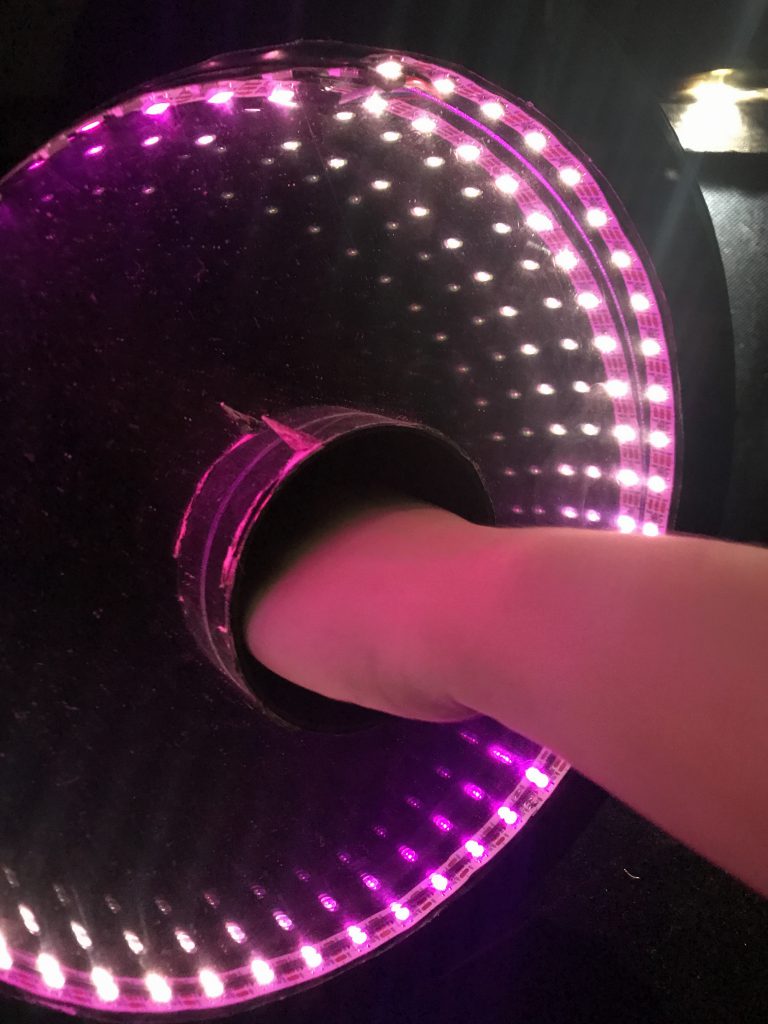
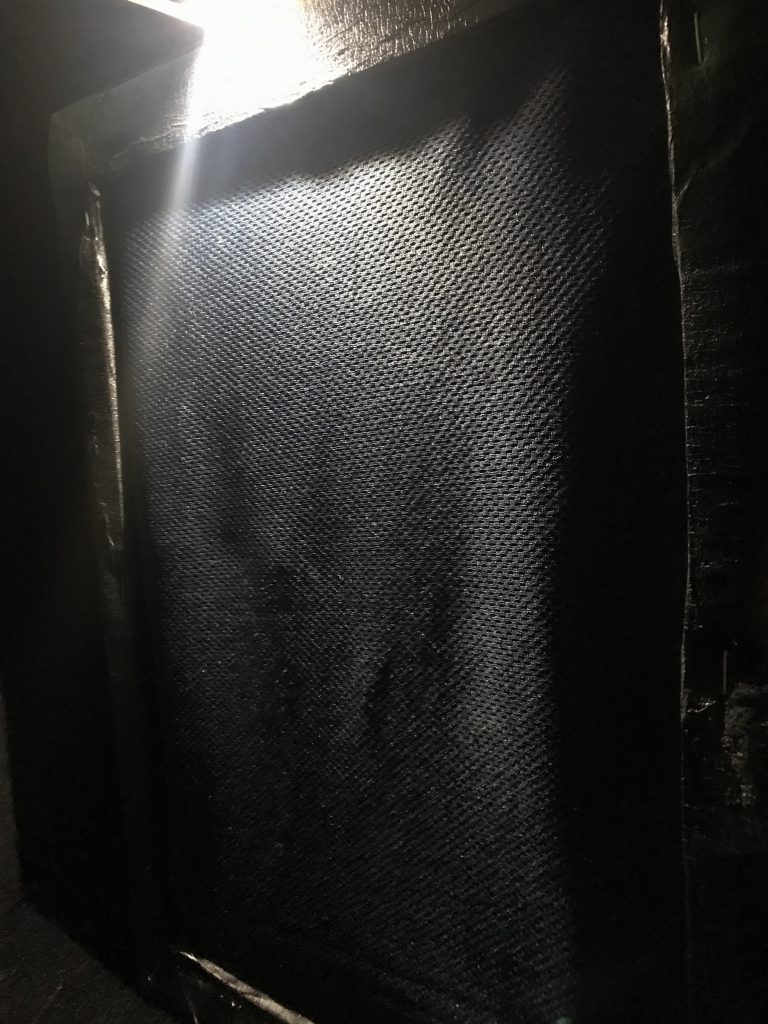
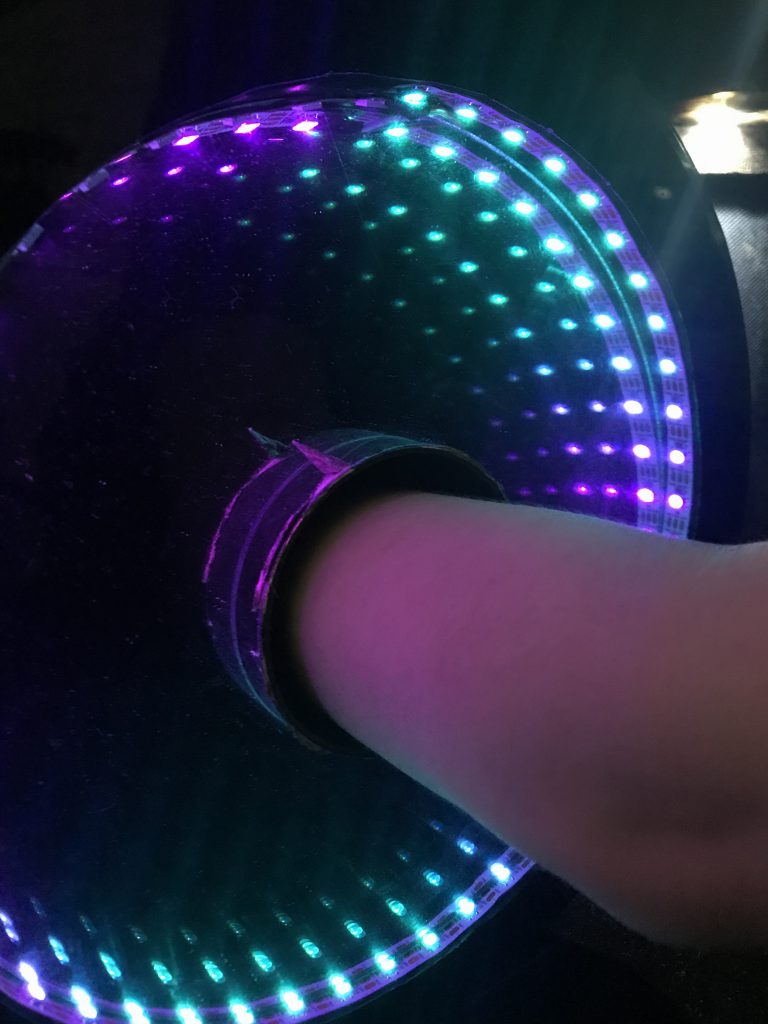
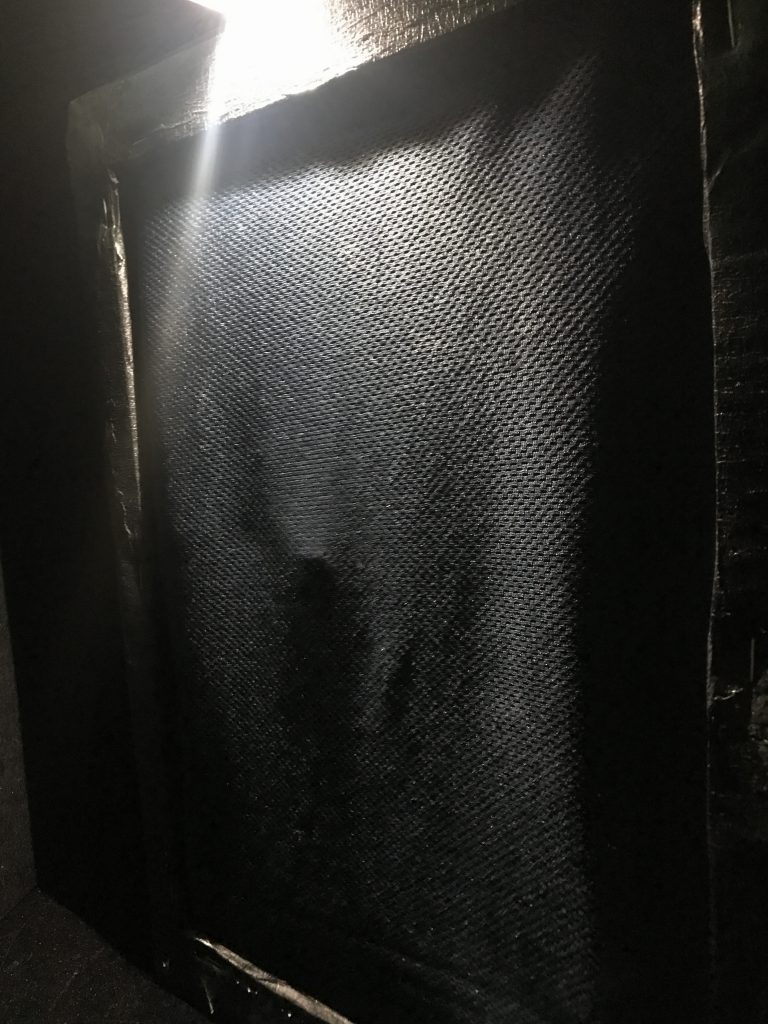
Video demonstration:
Concept is that by putting your hand through the hole, we bend space and time. Bending time is through slowing down of the rotation of the ‘clock’ as well as turning the colours from pink/orange to purple/blue, which began from the idea of ‘blue shifting’ like how light will look like if time slows down.
By pushing the fabric at the end of the installation, the motors move, emulating fingers that seems like as if the user’s hands have traversed through a wormhole into another location.
The overall feeling we aimed to get is the sense of amazement from the shifting in colours and also being able to teleport their hands through space.
Presentation Slides:
https://docs.google.com/presentation/d/1QqwL3OJHkvuKO2NJf1szHjSbgNvObOalTWKNzutuSV4/edit?usp=sharing
Problems Encountered
- LED lights code settings could be better, as we don’t know how to make it smoothly transit between colours. We could possibly make the value from the distance detected by the ultrasonic sensors directly control the colour range, but we don’t know how to do that so that can be an area of improvement.
- Circuit is a very big mess for us and we don’t have the right kits provided so we have to keep sourcing from our friends. We could have bought a long roll of wire so we can have all the wire we need and not use tiny short wires which breaks the circuit easily.
- We bought some wrong items along the way too, like the acrylic piece that is in front of the clock, we accidentally bought a matt acrylic. We had some difficulty finding the correct LED too and it was thanks to Vienna who helped us with where we can get it.
- Ultrasonic Sensor is buggy and there is no solution to fixing it. We speculate that it was because of bad wiring that it kept reading weird readings once in a while.
- The ‘fingers’ stuck on the motor wasn’t really sticking well and if we had more time, we would have improved it by securing it better.
What I learnt:
I learnt to control the motor using the flex sensor values, as well as how to work around a problem (the LED one) by manually writing individual code for individual colours. I’ve also learnt to use 4 different components and making them work together.
Tasks Deligation
Brendan:
- Ultrasonic Sensors code + circuit
- Motors setup
- Fabric board assembly
Bryan:
- LED code + circuit
- motor circuit
- general assembly and troubleshooting
Yue Ling:
- Item sourcing
- LED code + testing
- Motors code + circuit
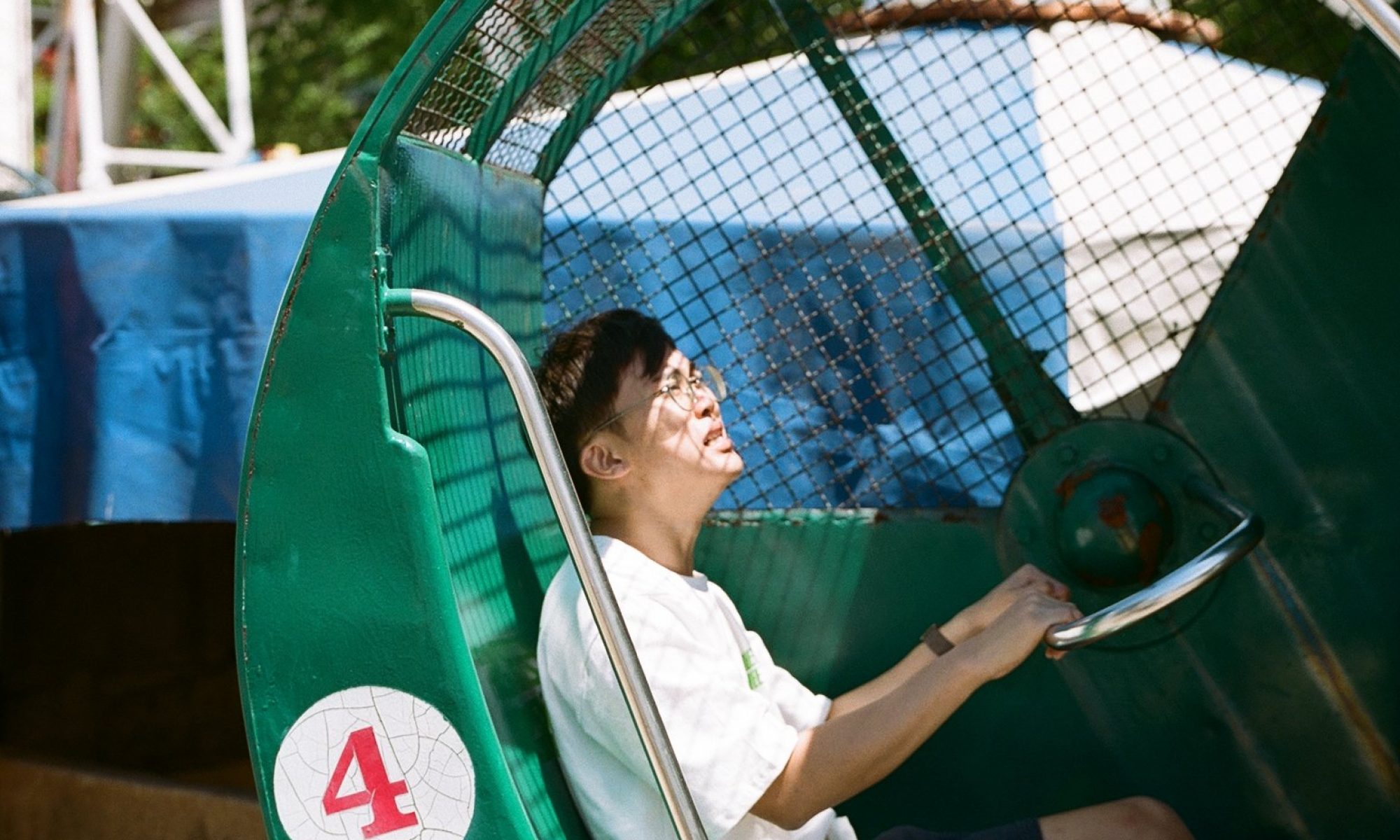
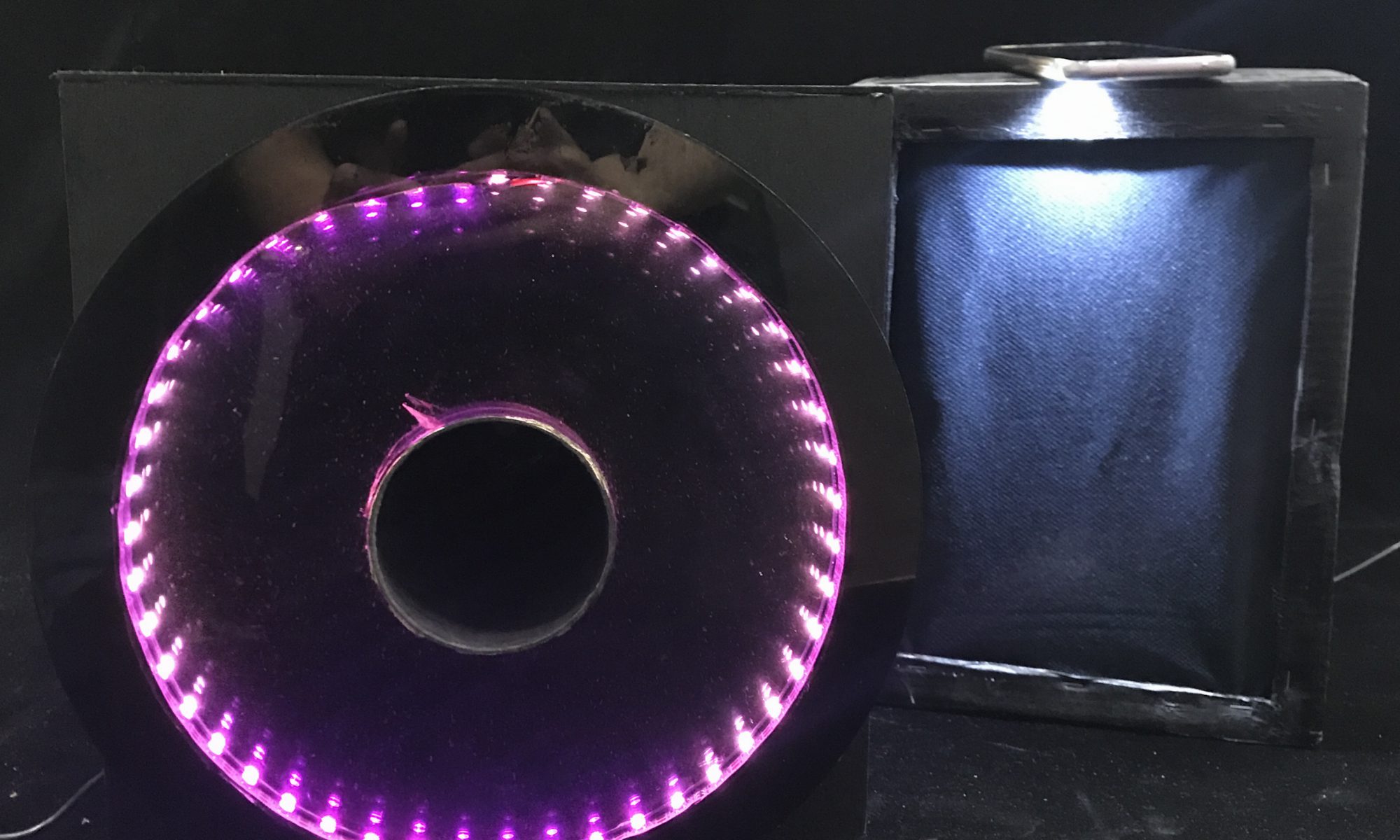
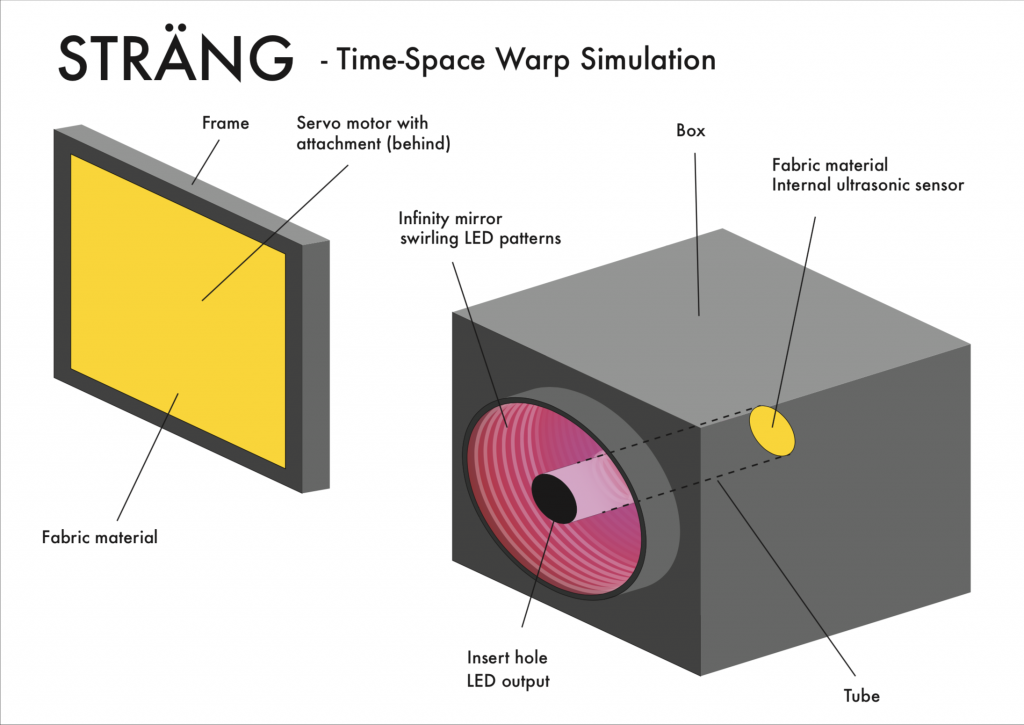
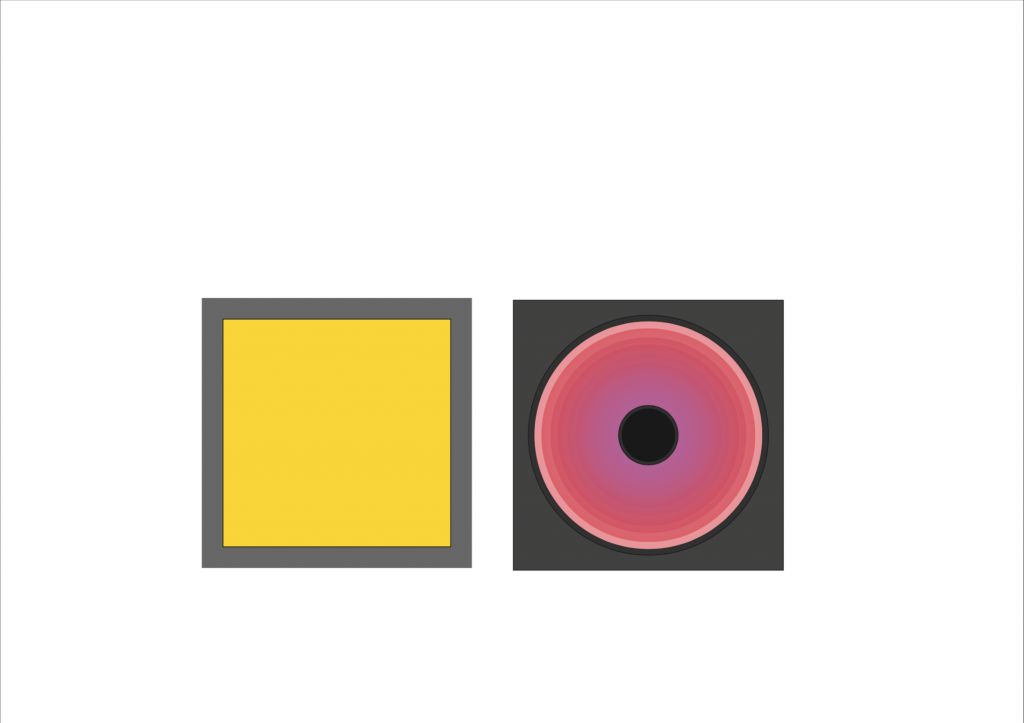
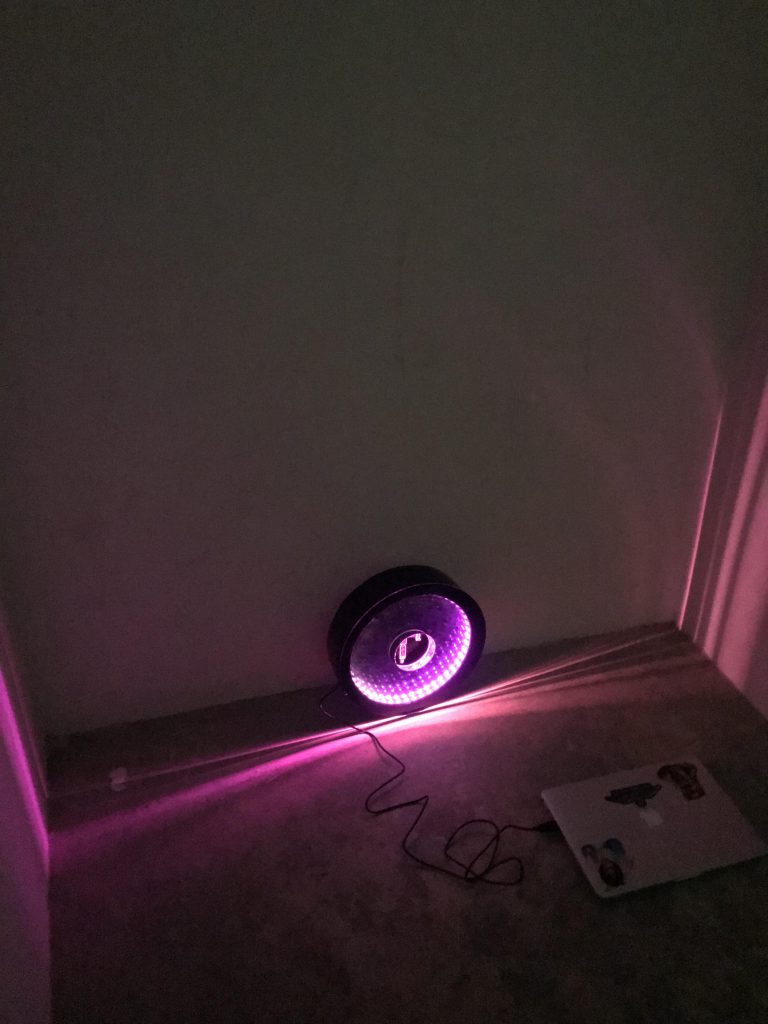
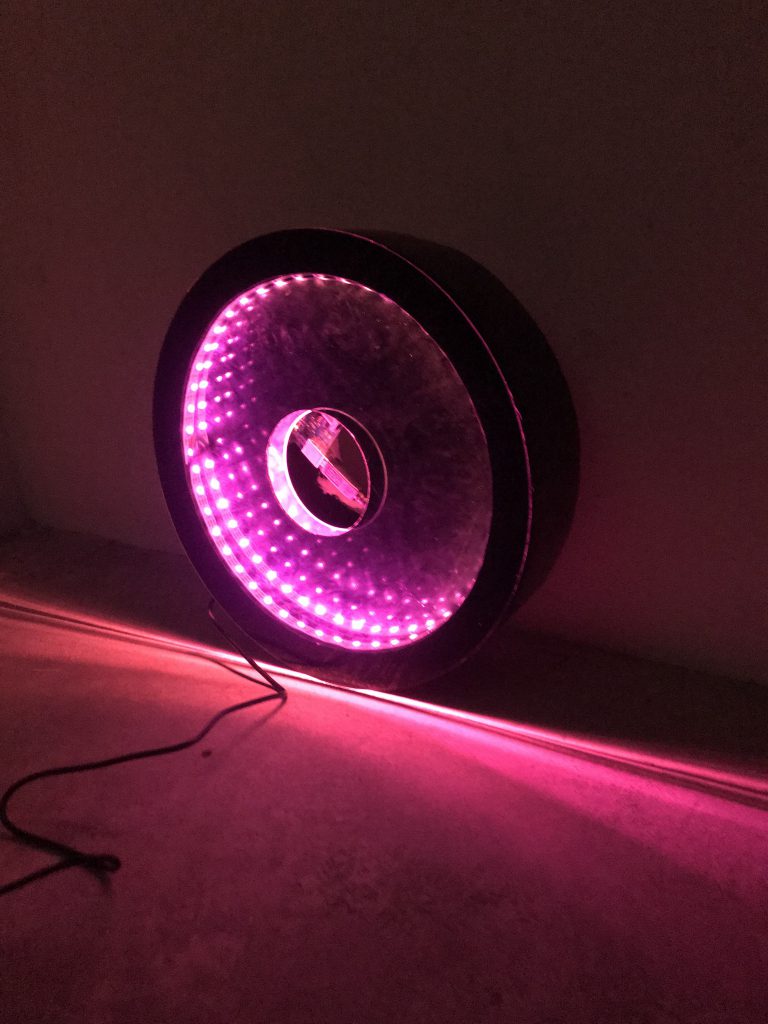
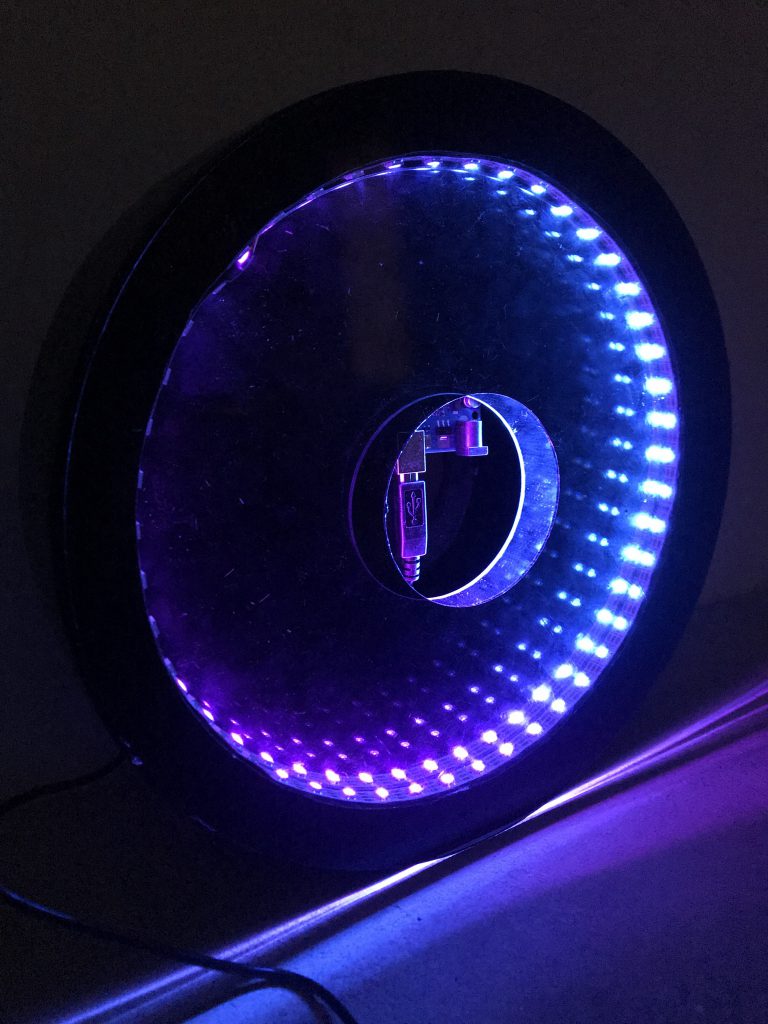
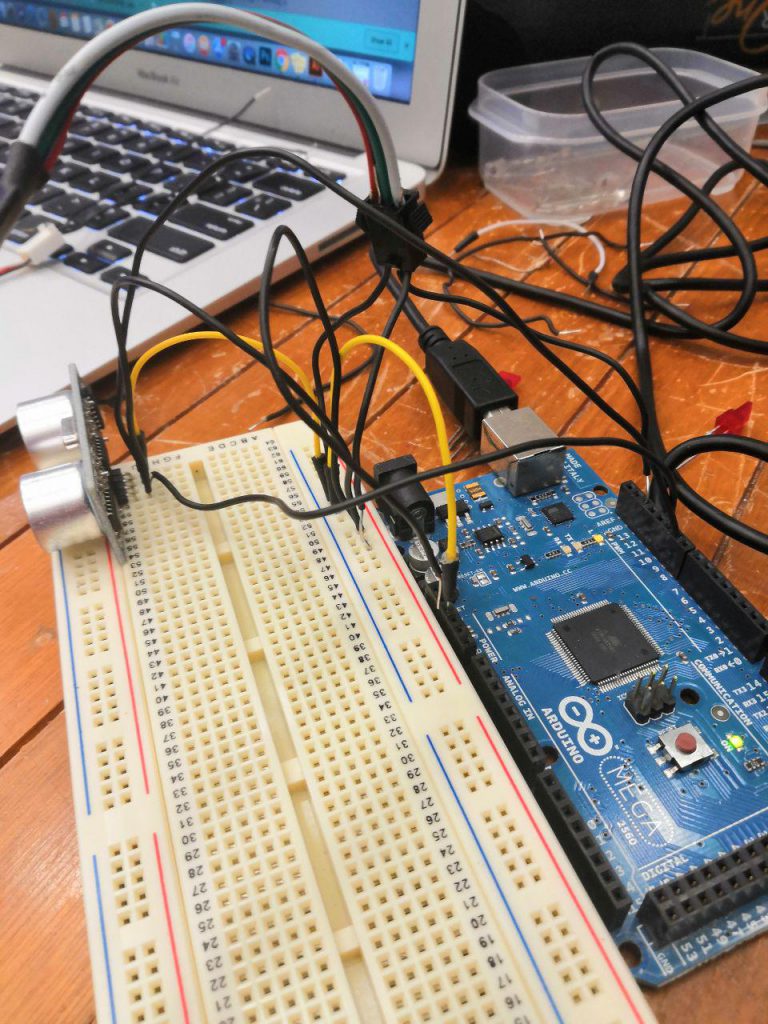
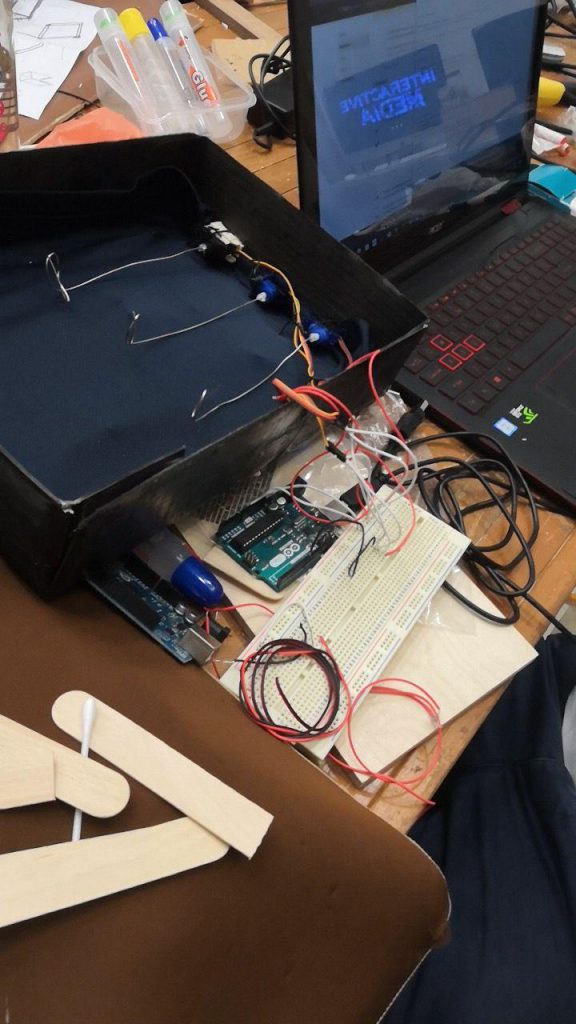
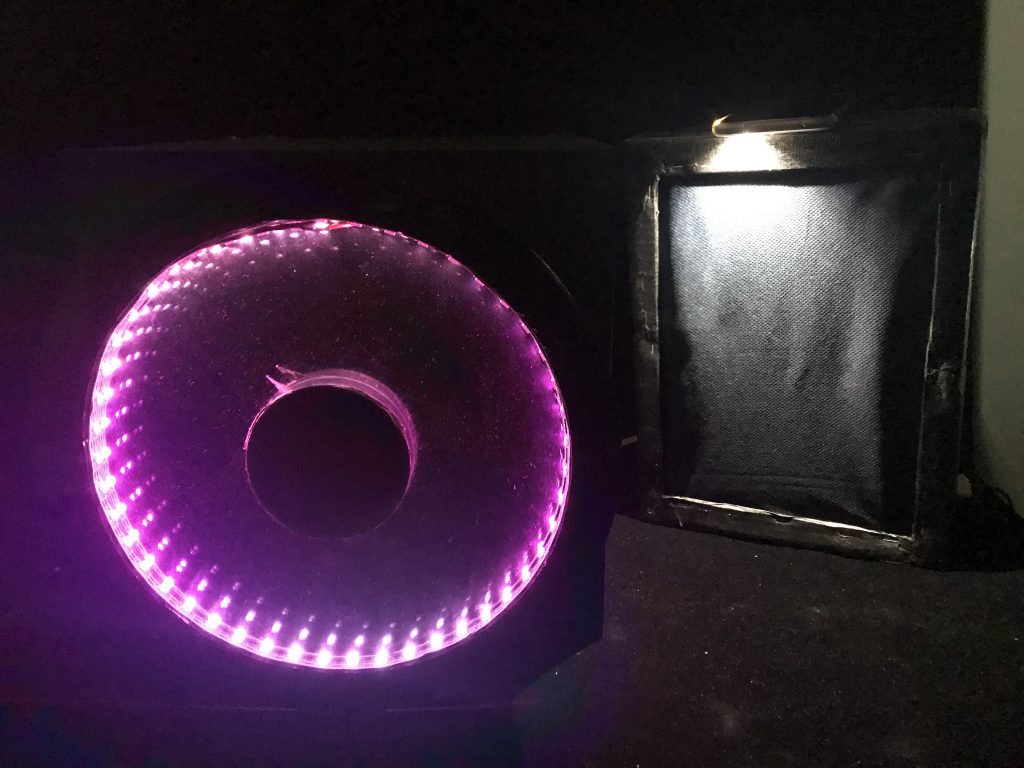
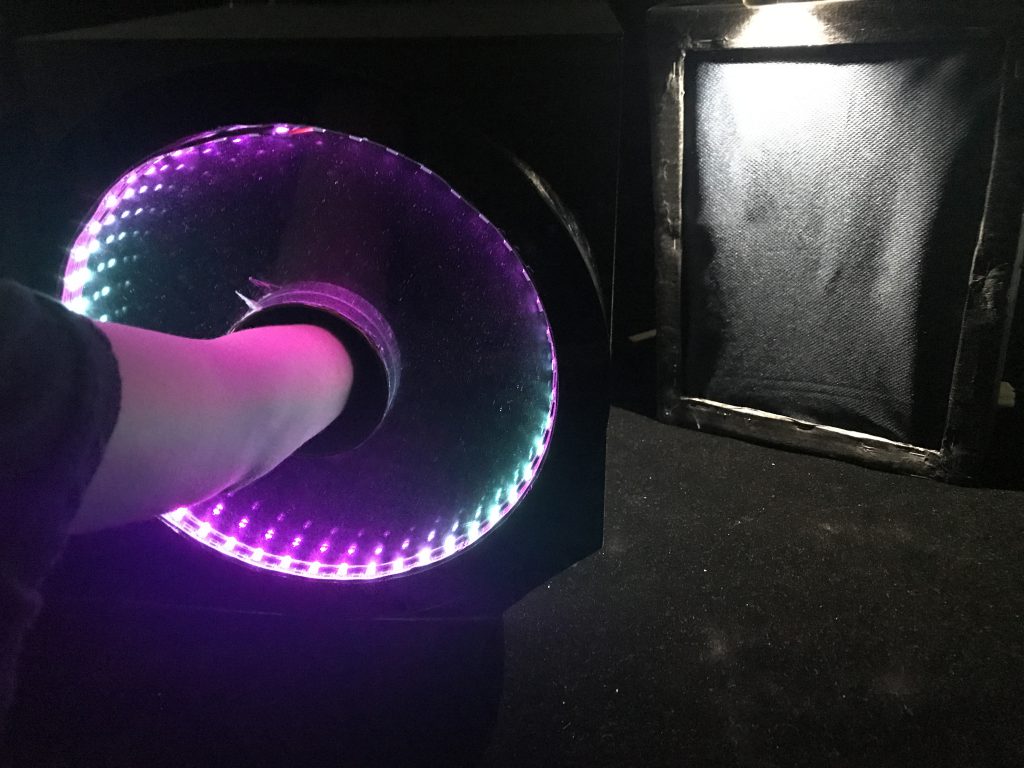
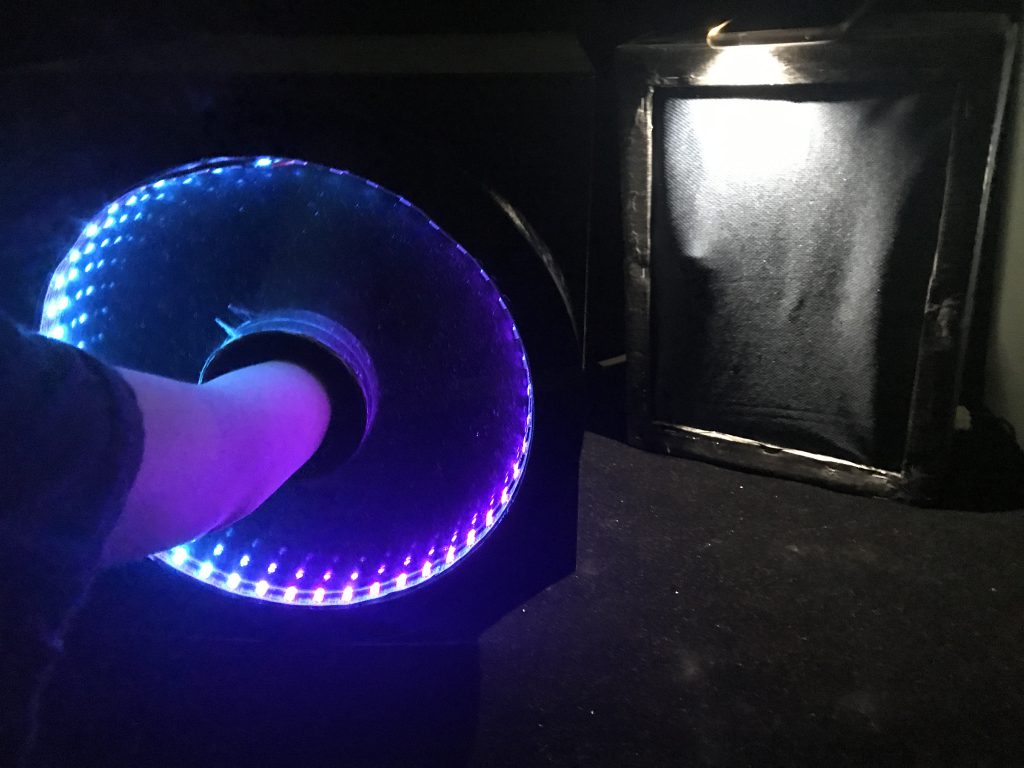









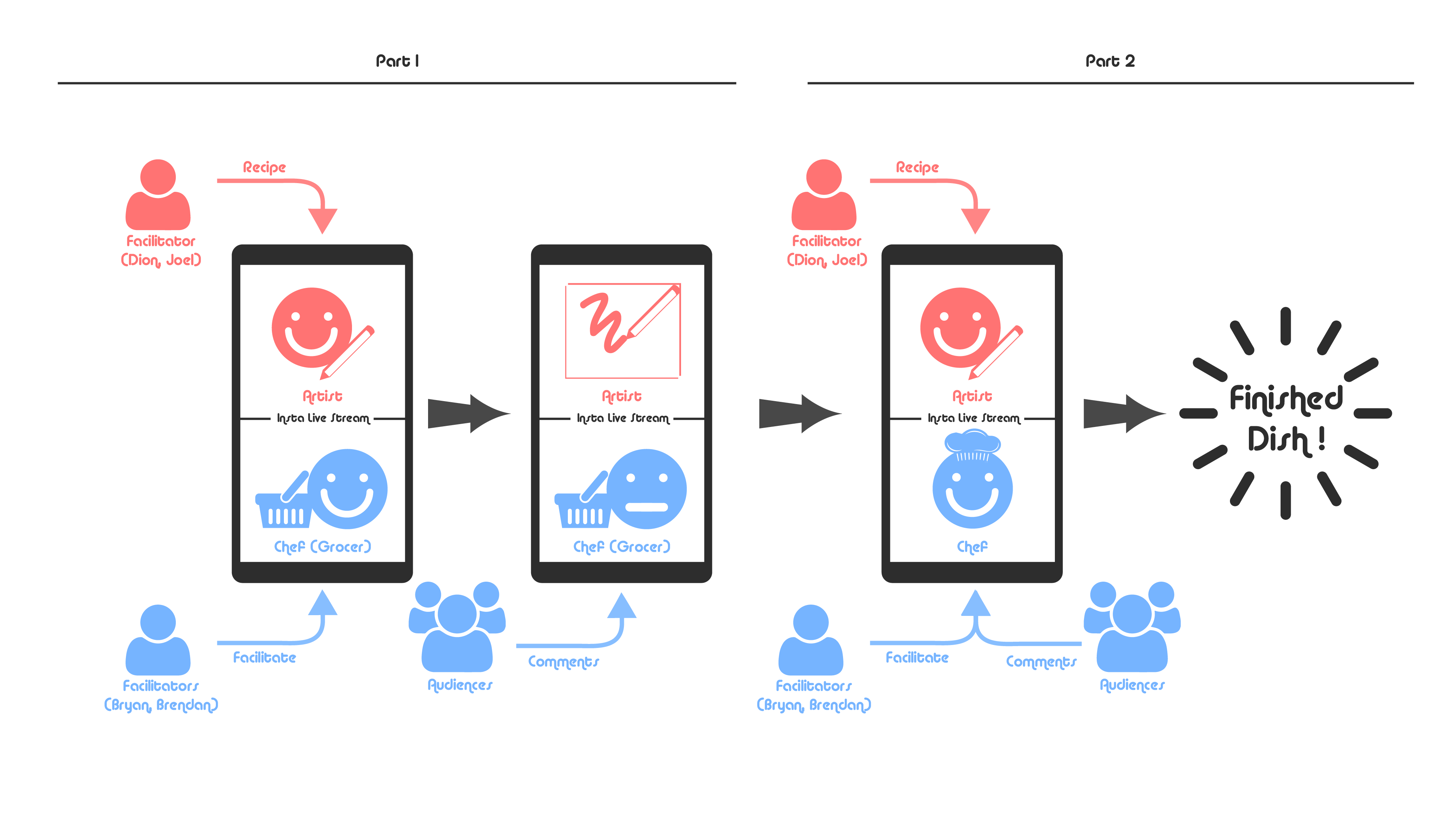
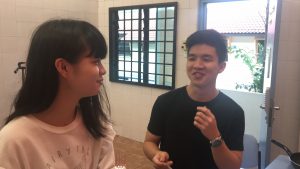
































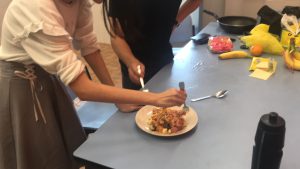




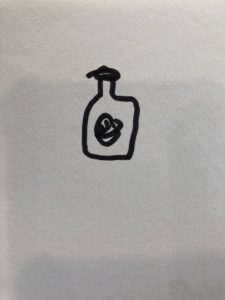


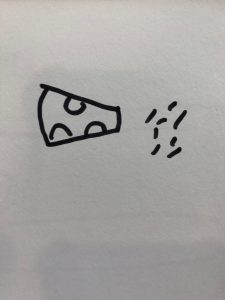





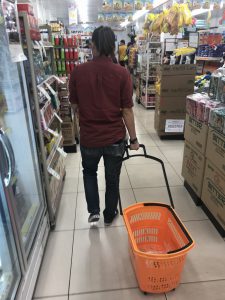




















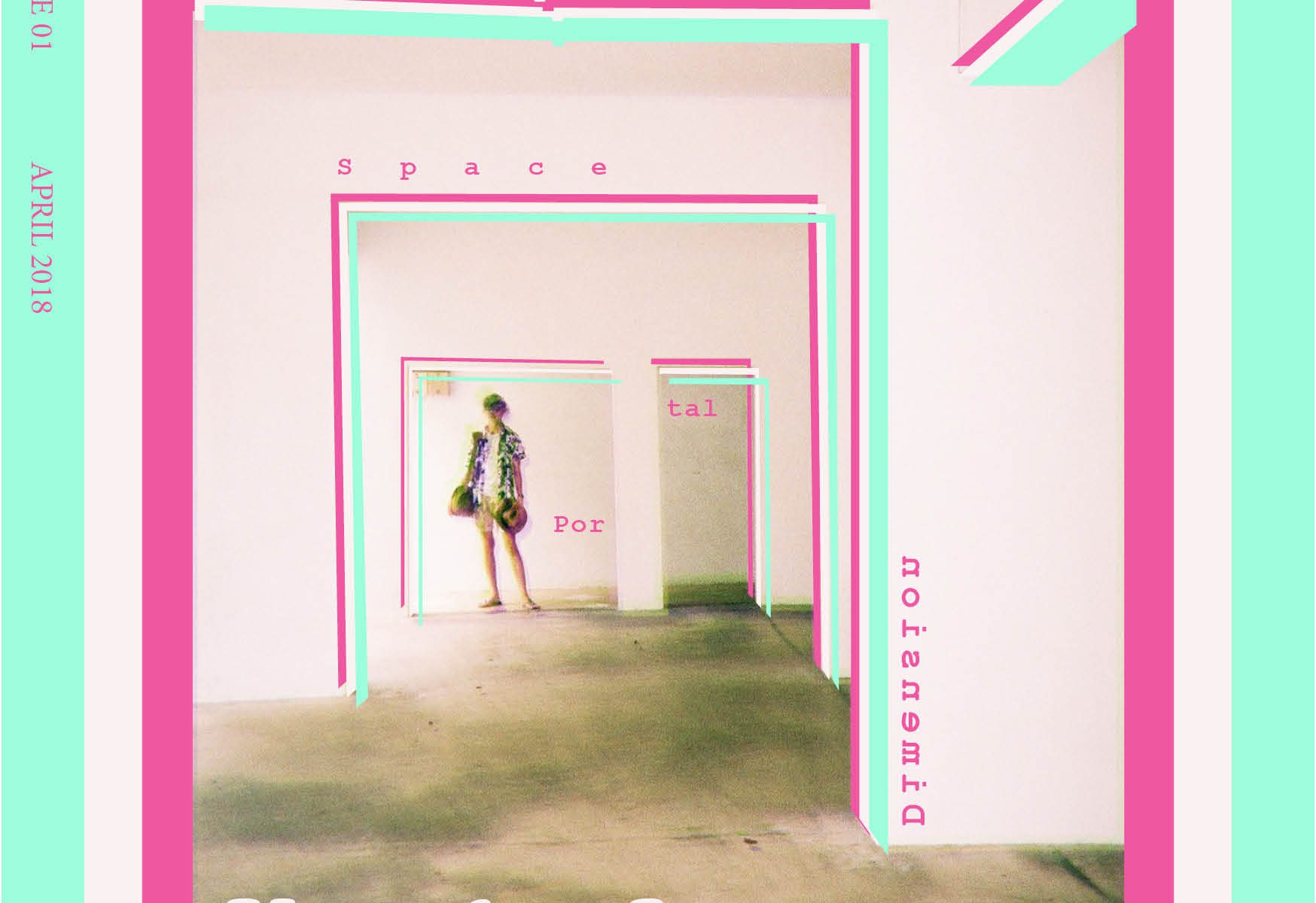
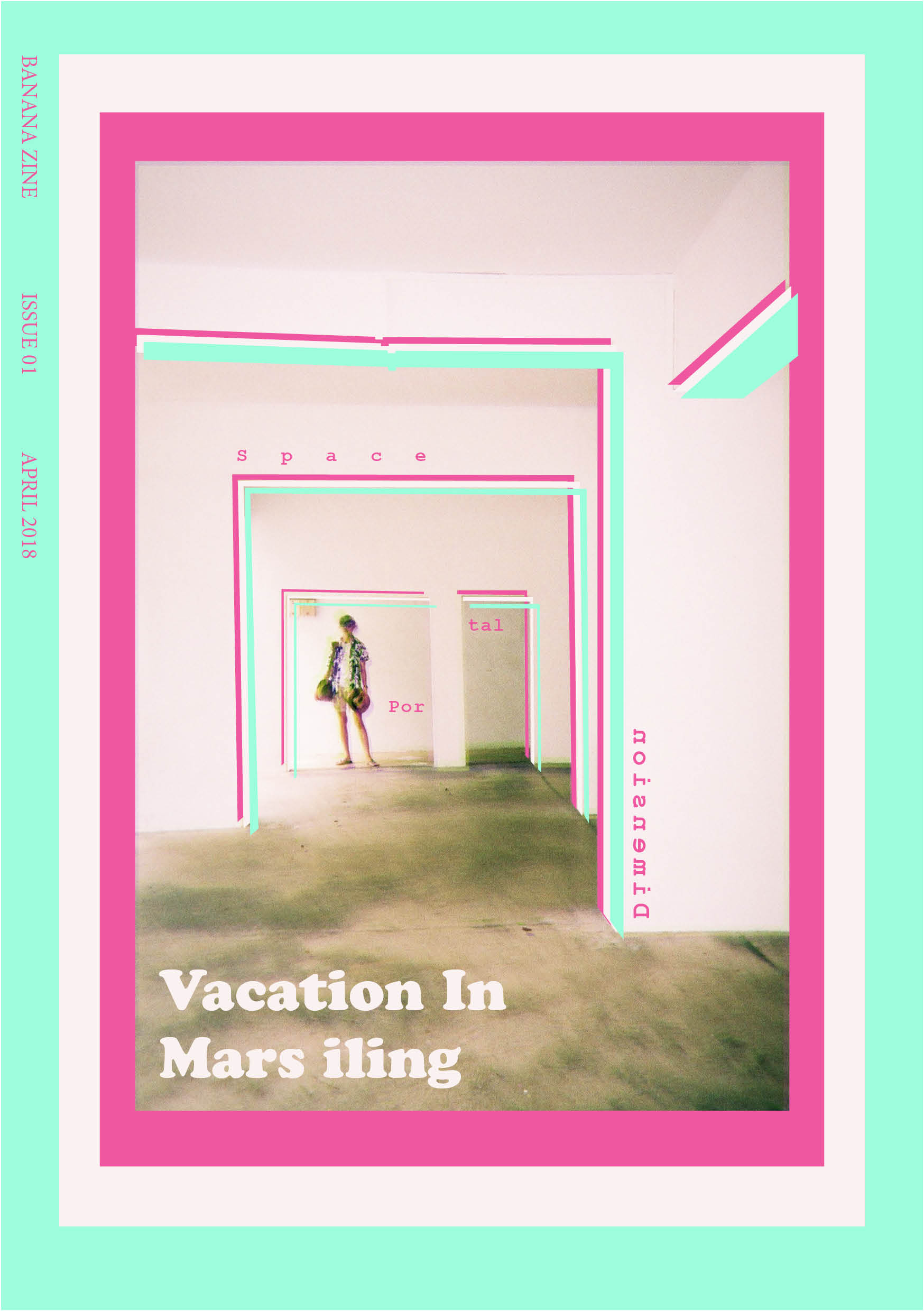
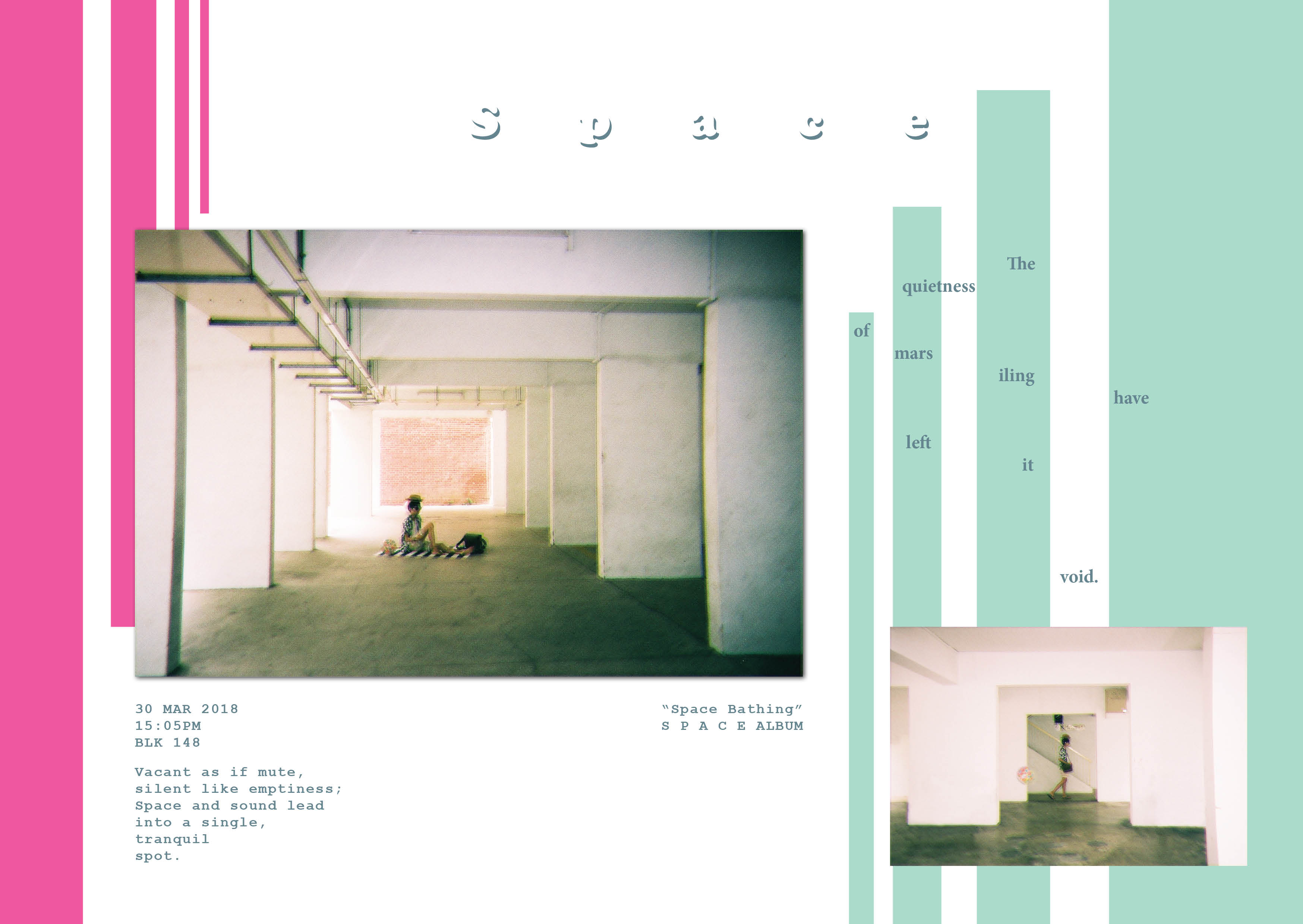
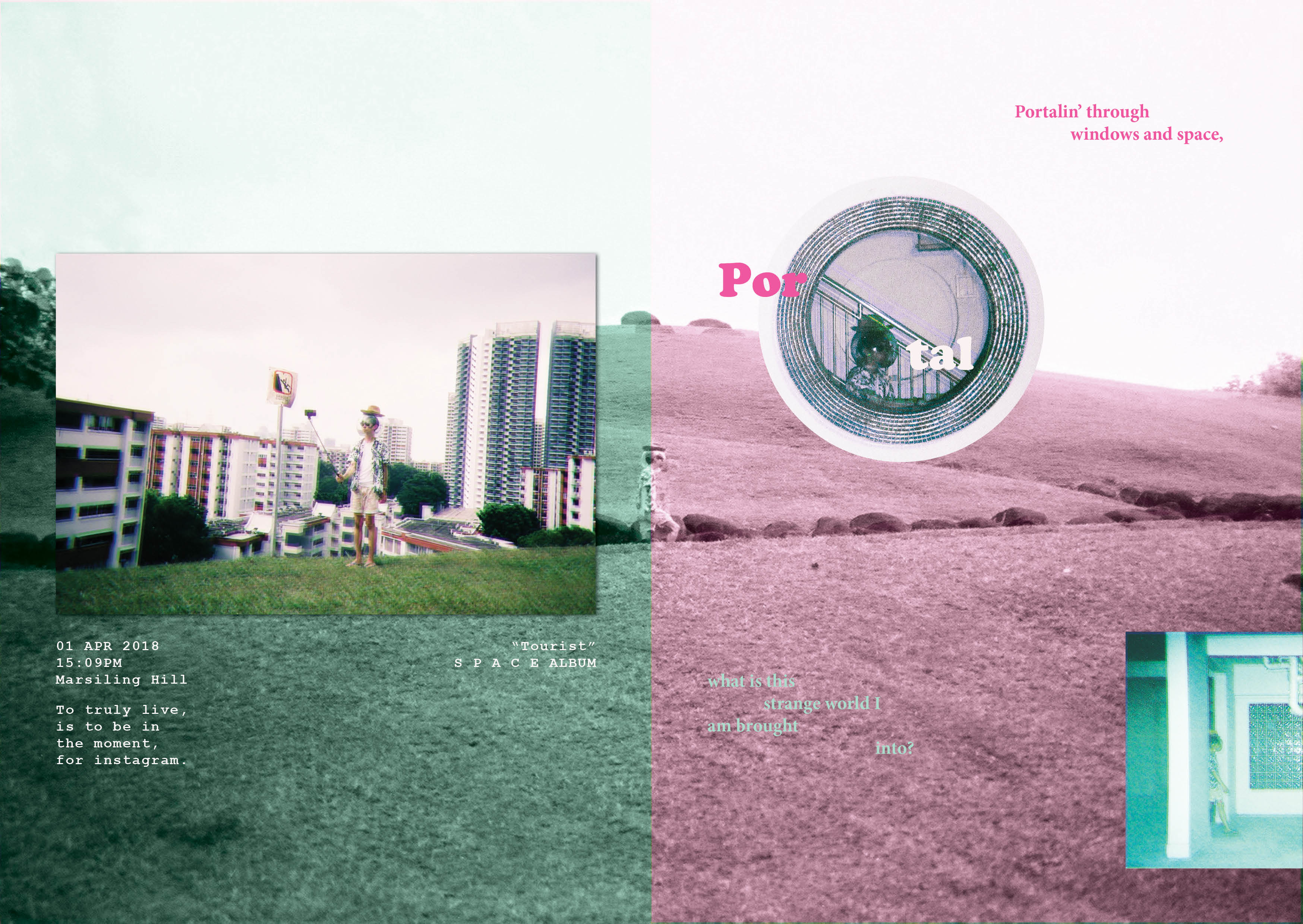
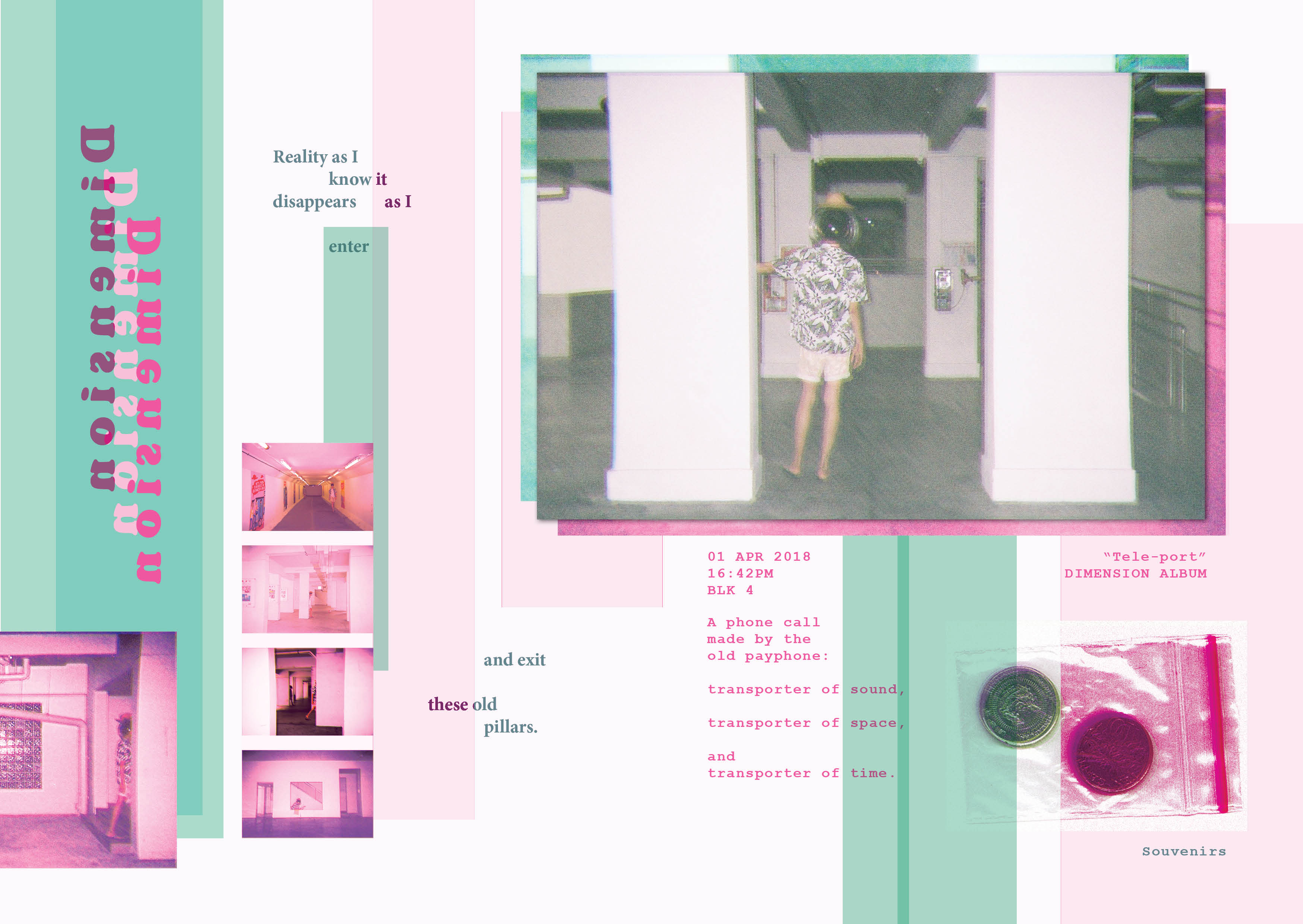

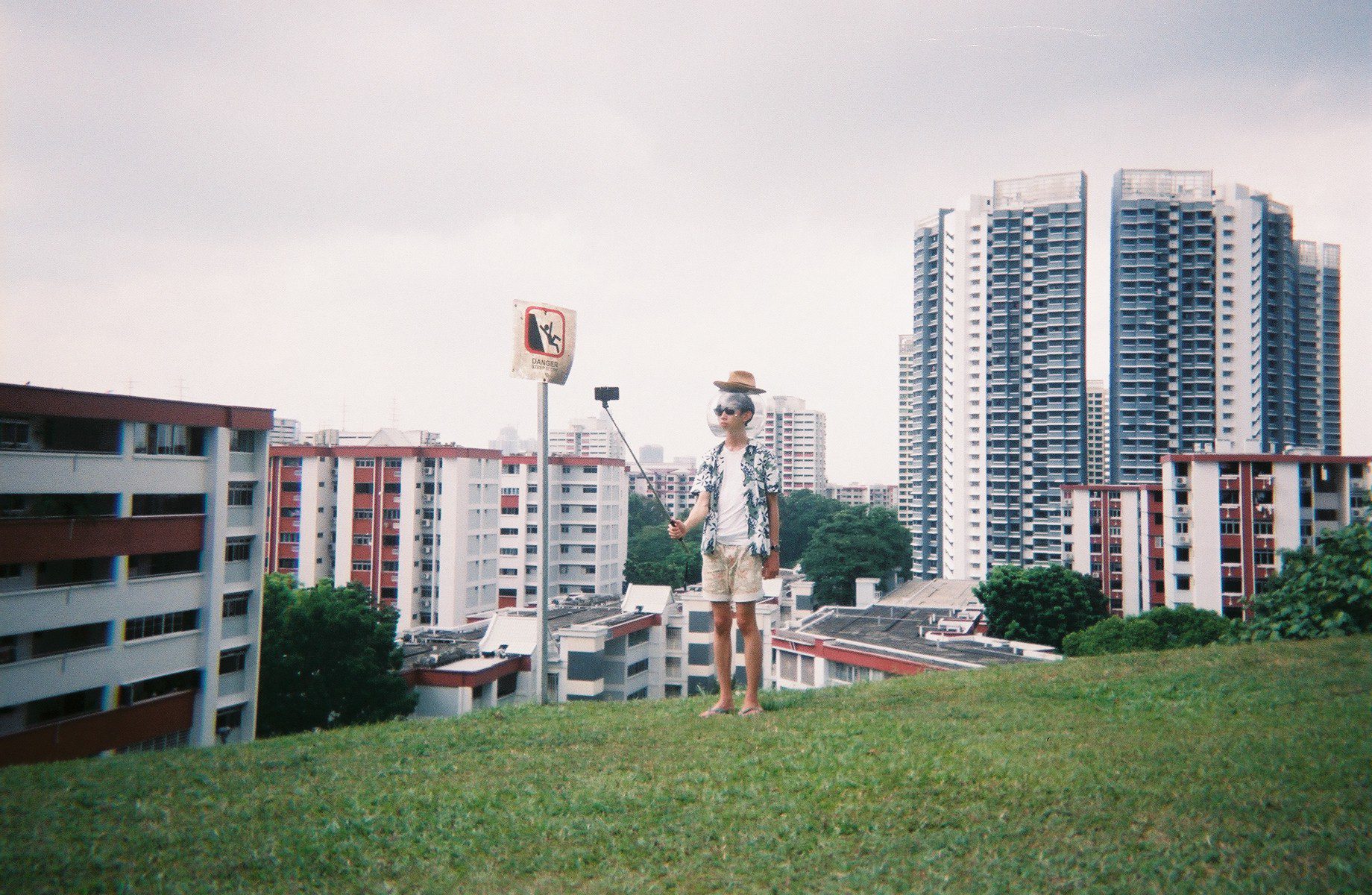
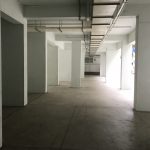
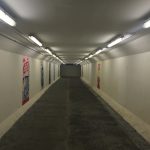
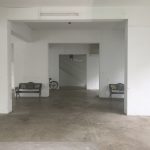
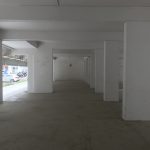
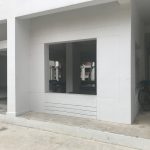
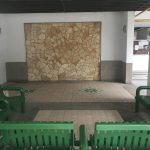
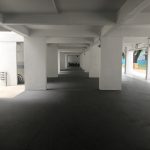
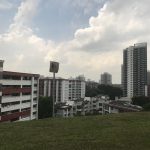
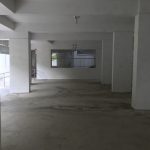
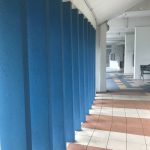
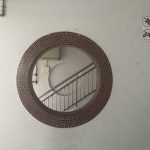
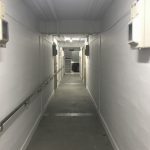

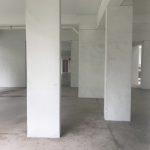
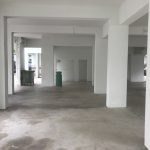
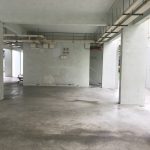
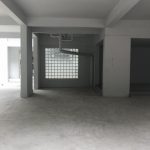


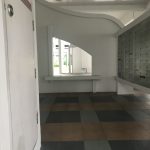
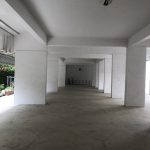
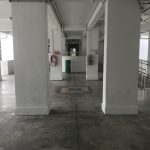

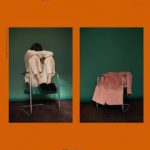
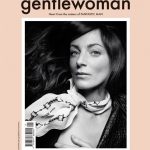
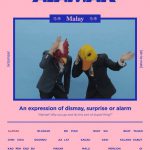
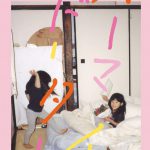
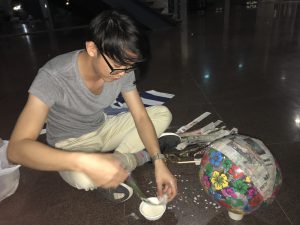
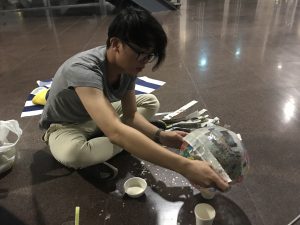
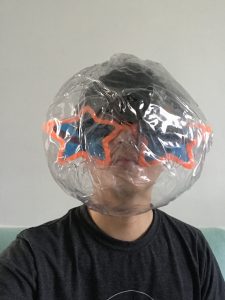
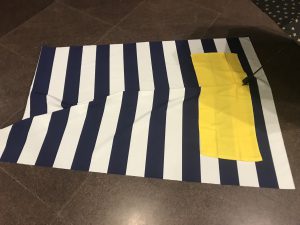
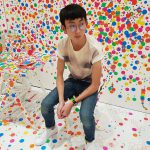
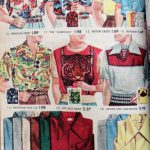
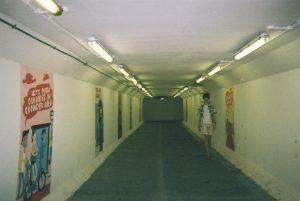
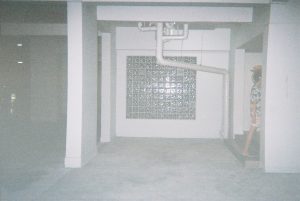
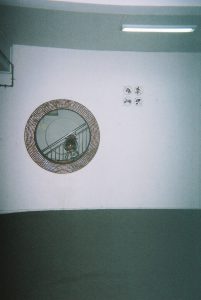

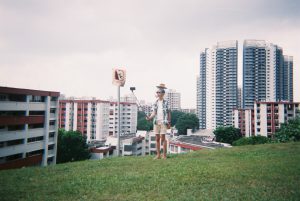
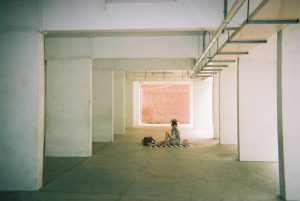
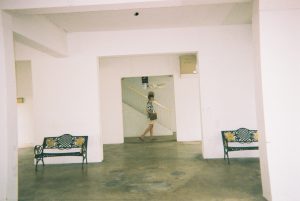
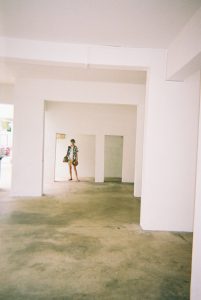
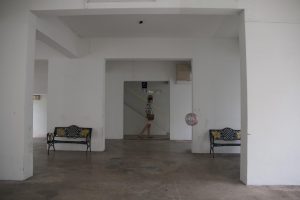
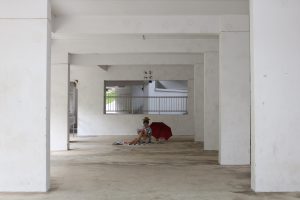
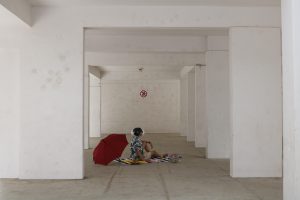
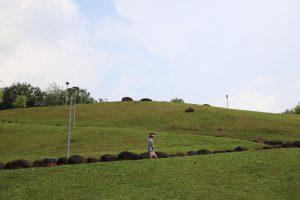
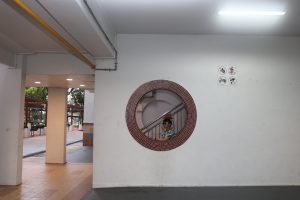
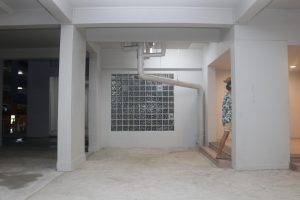

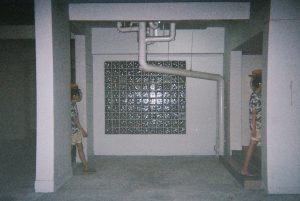
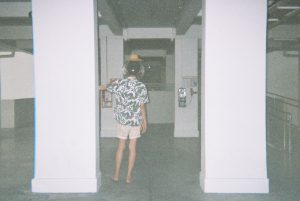
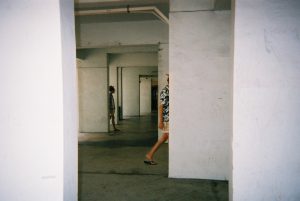
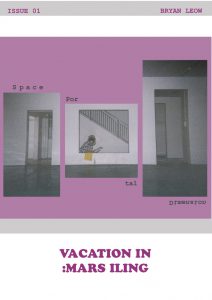
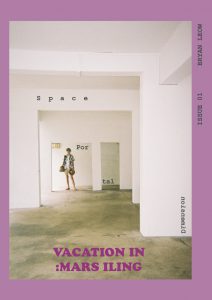
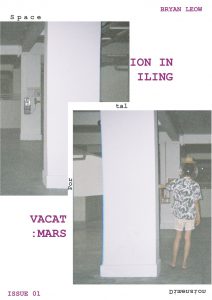
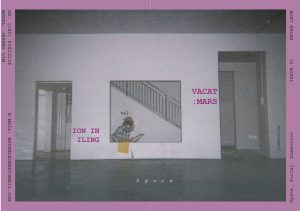
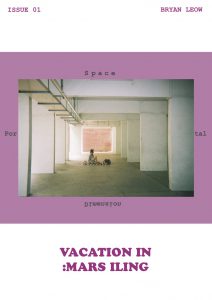
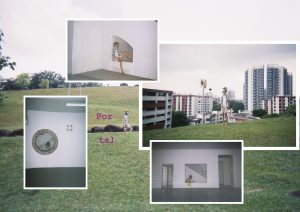
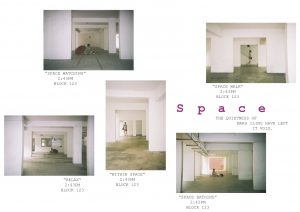
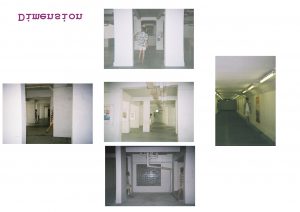
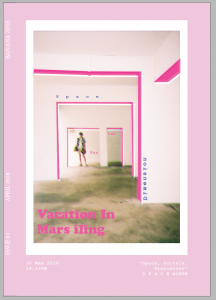
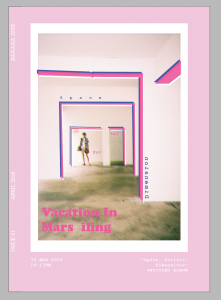
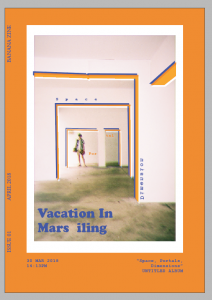
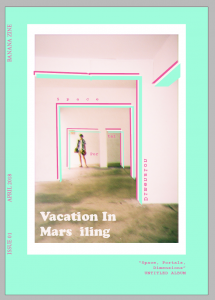
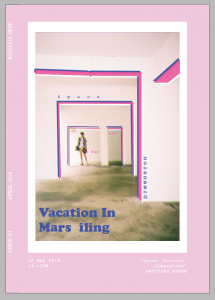
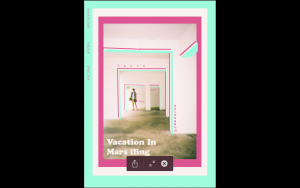
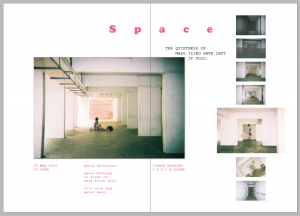
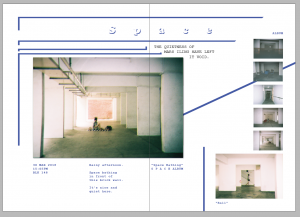
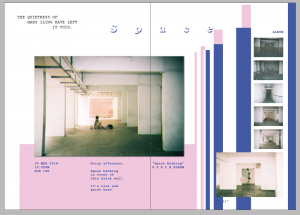
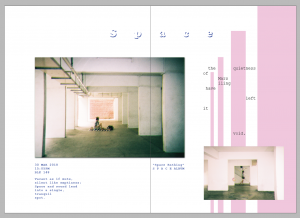
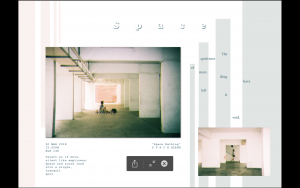
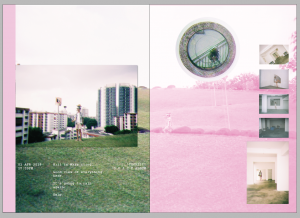
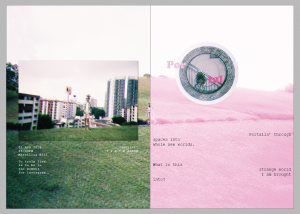
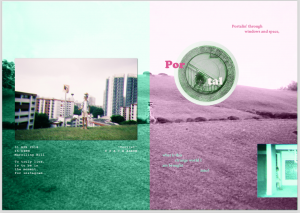
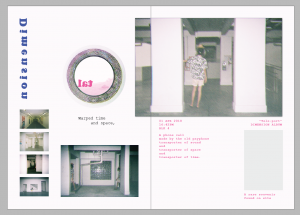
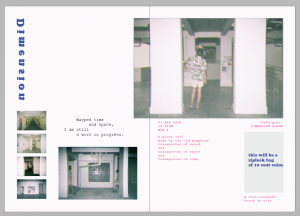
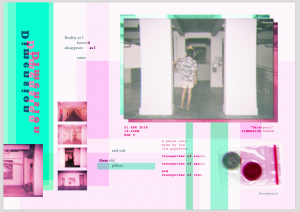

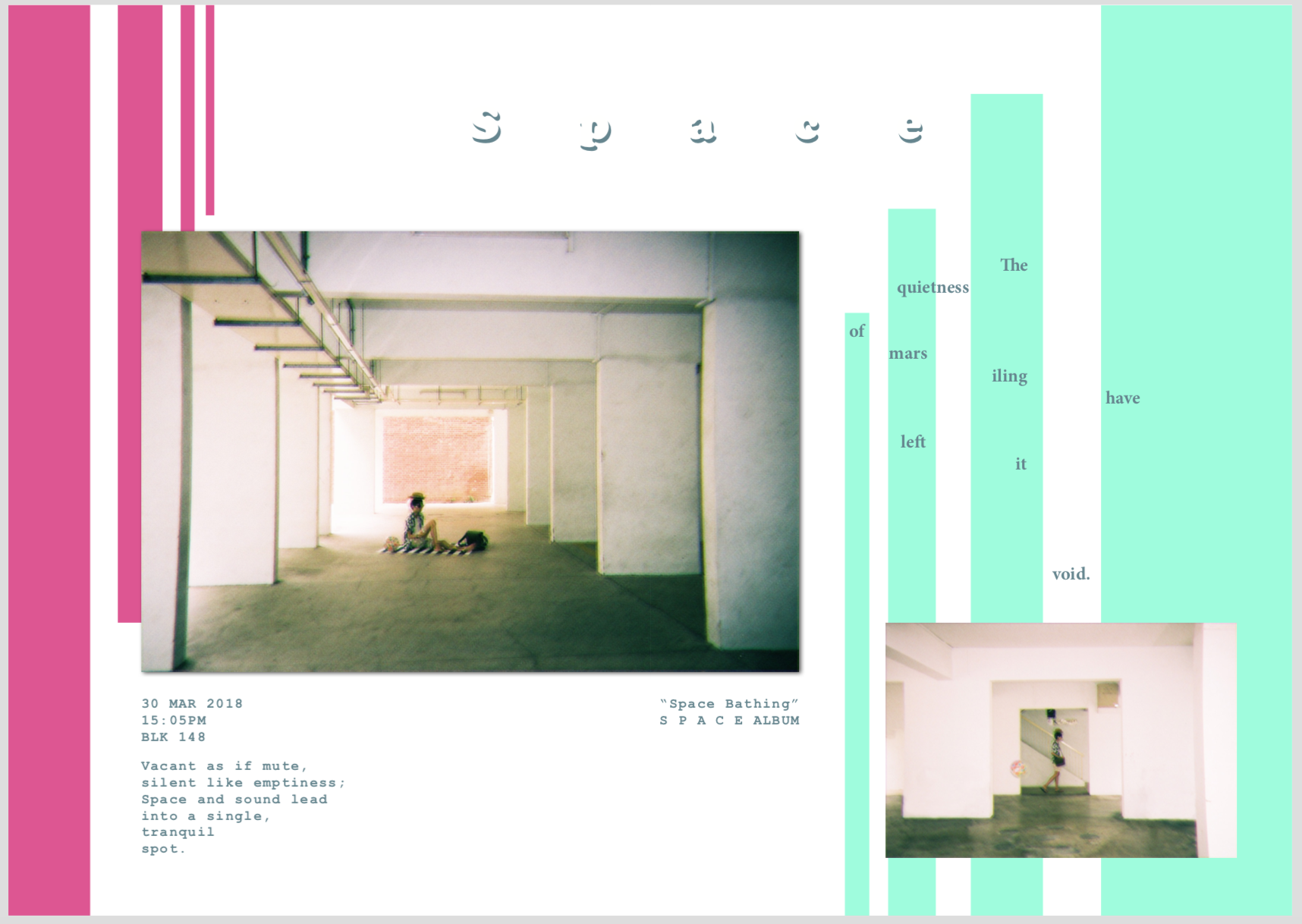

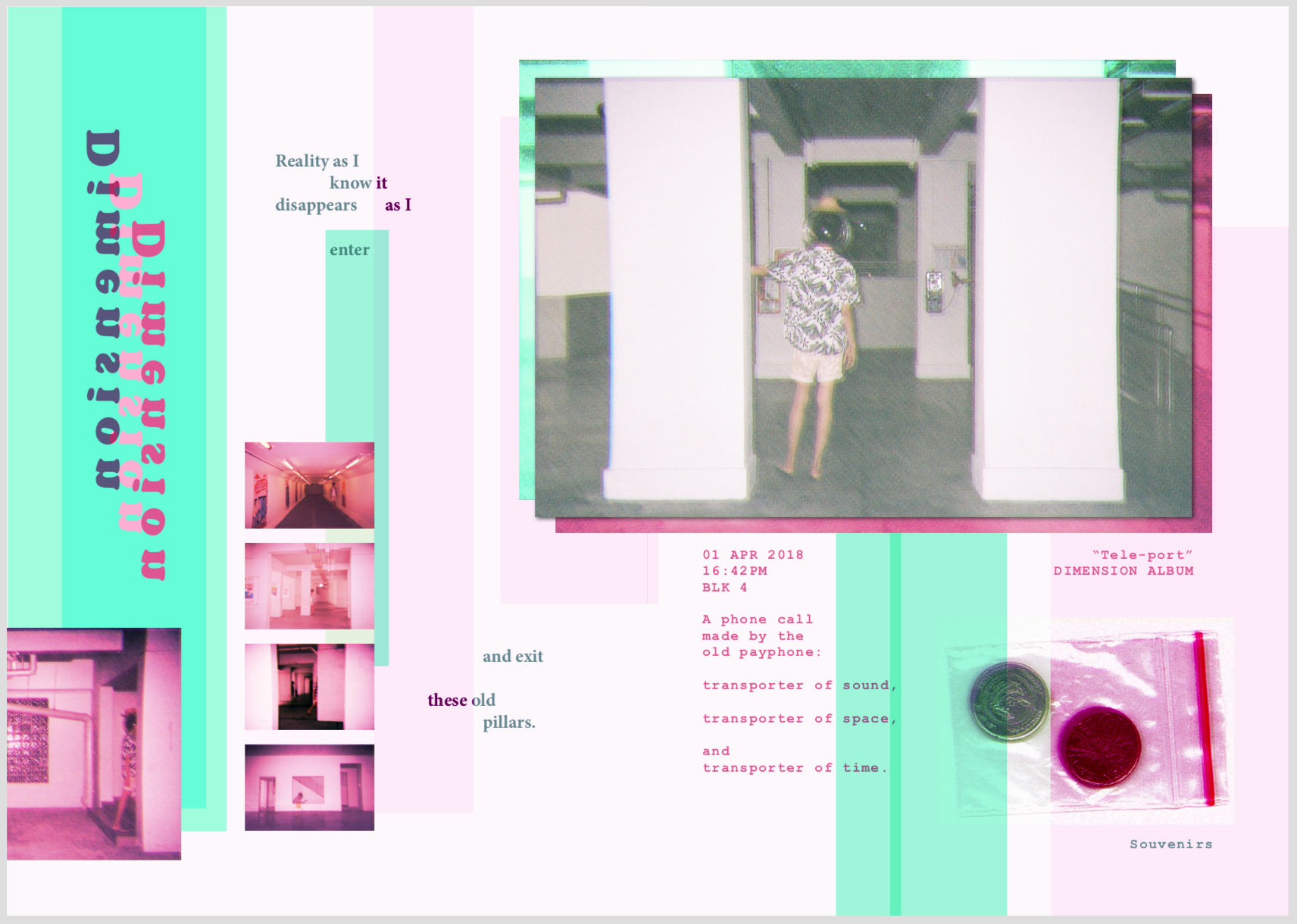
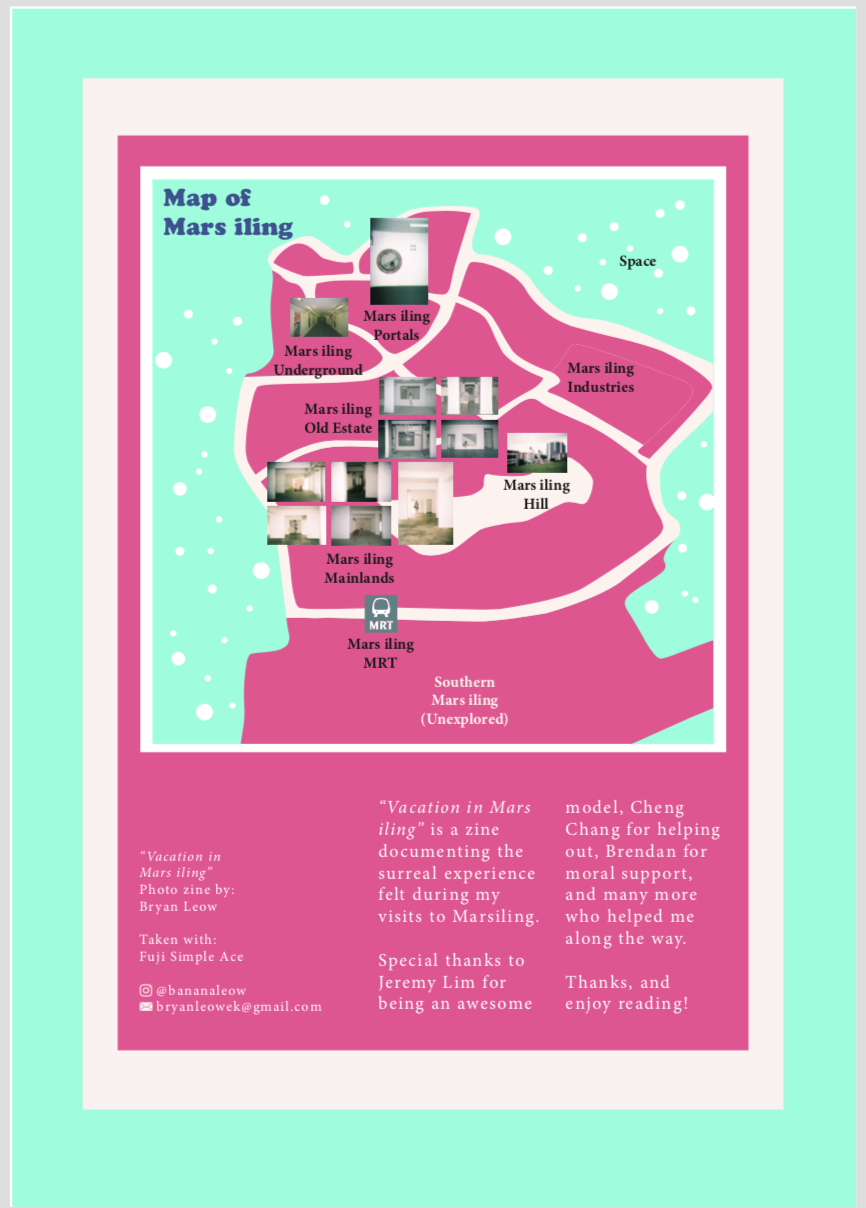
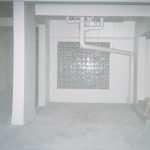
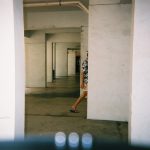
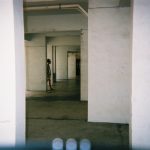
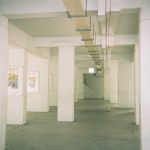
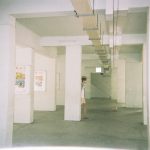
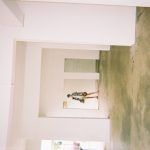
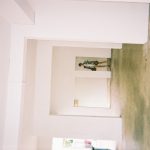
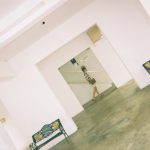
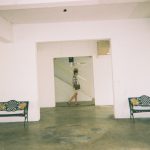
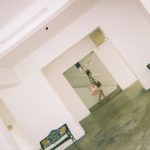
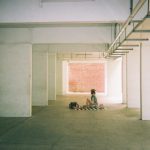
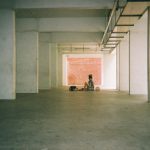
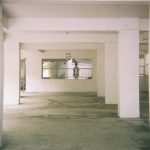
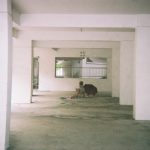
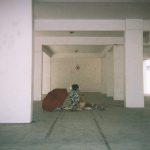
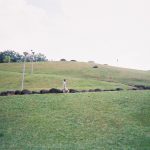
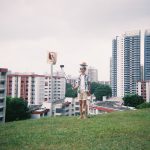
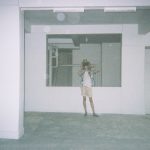
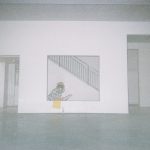
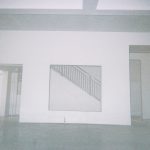
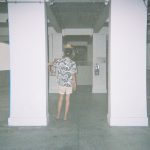
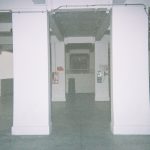
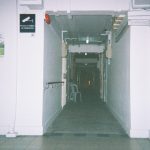
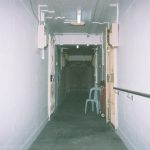
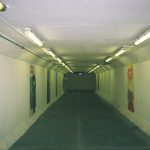
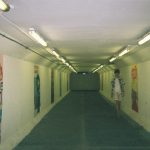

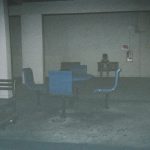
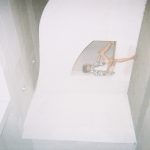
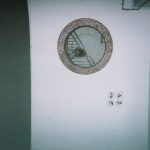
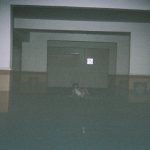
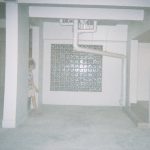
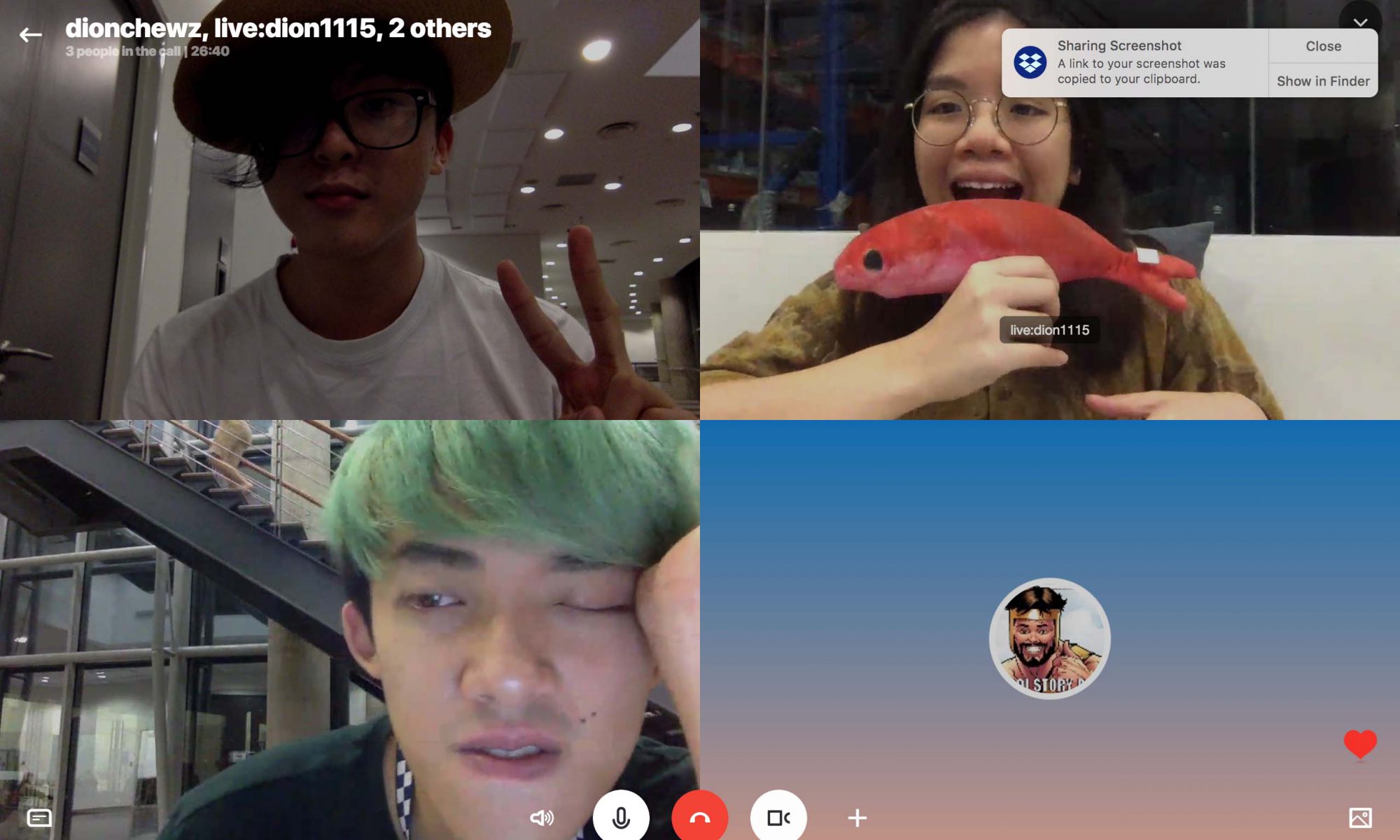
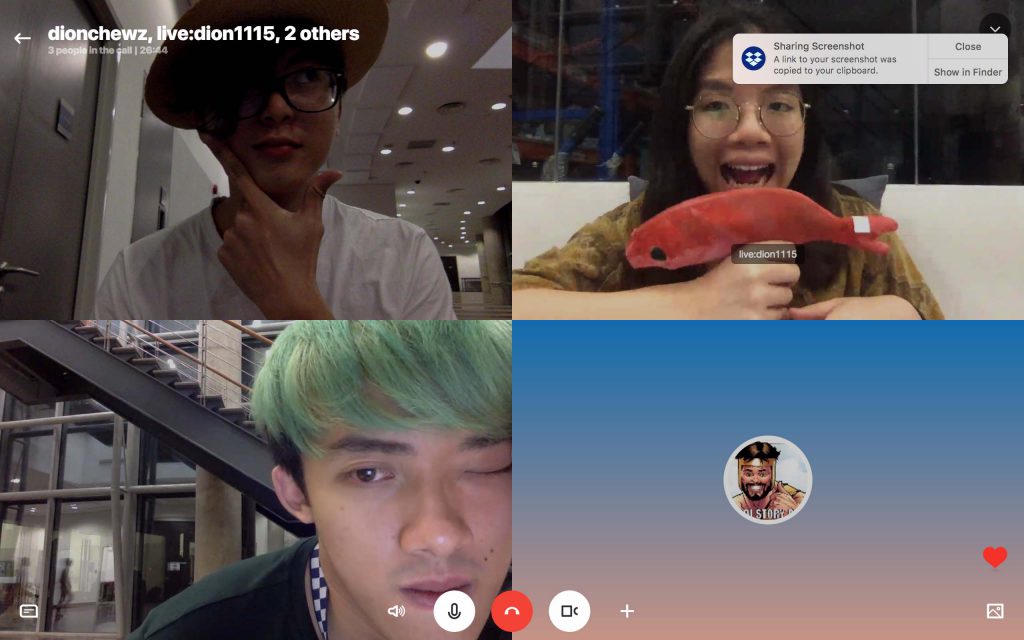
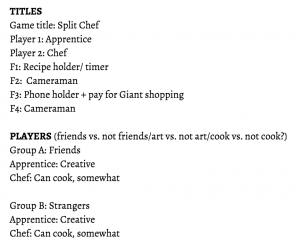

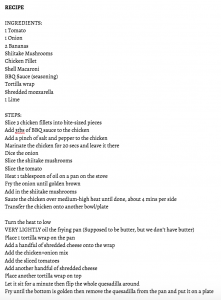
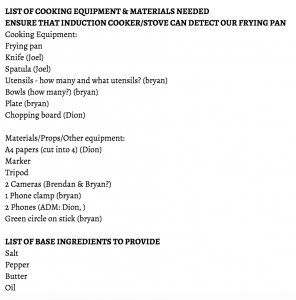
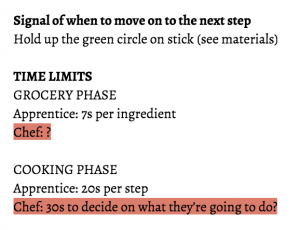
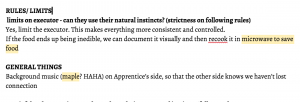


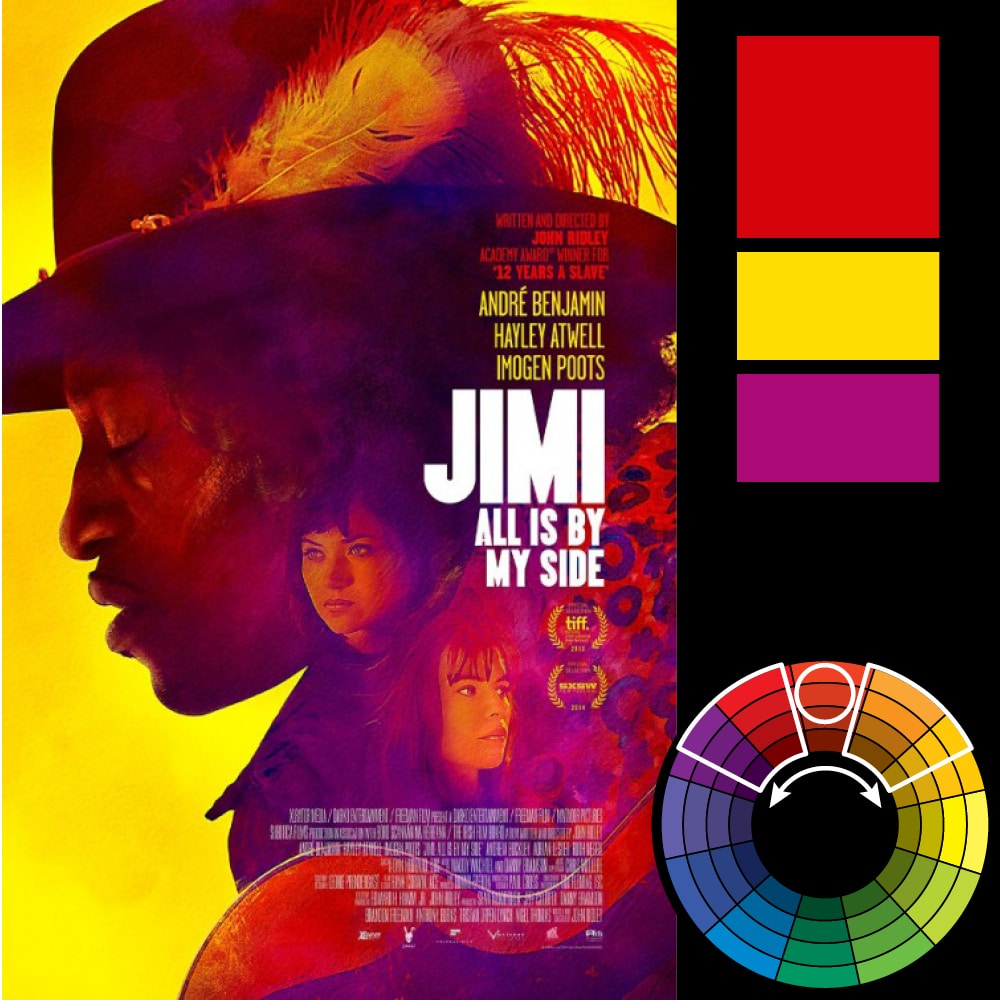

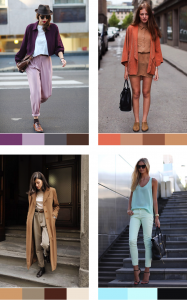
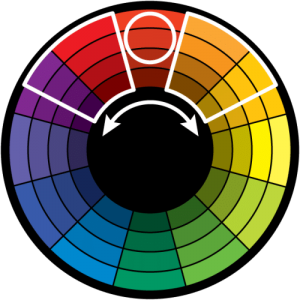

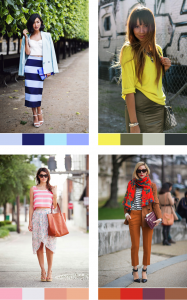
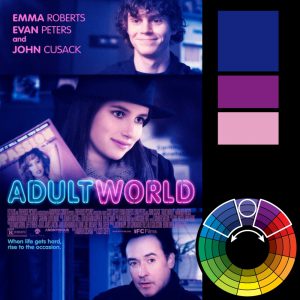
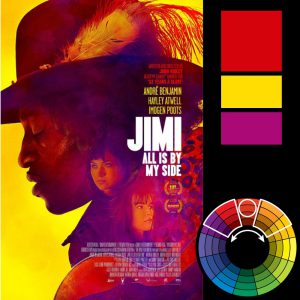
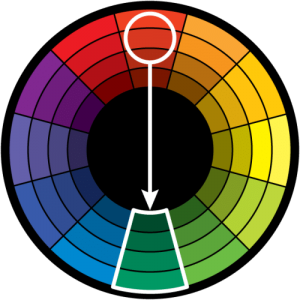

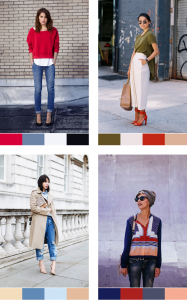
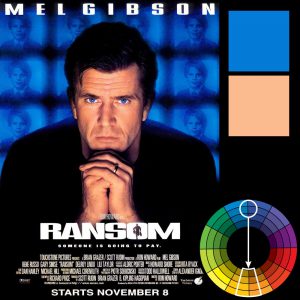
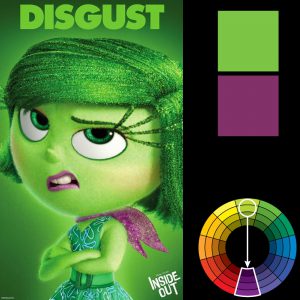
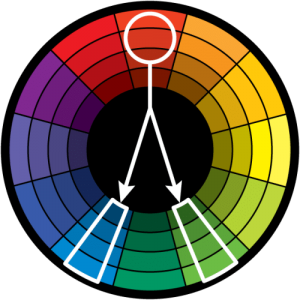
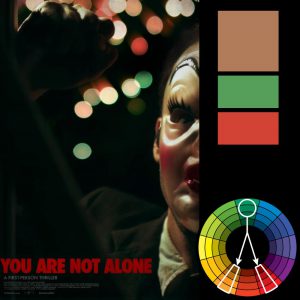
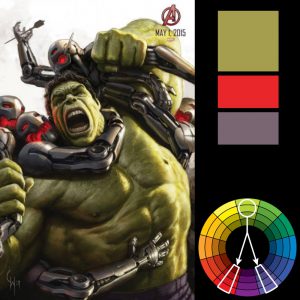
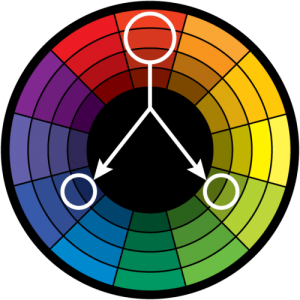
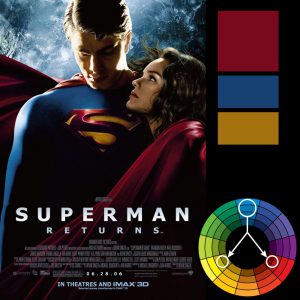
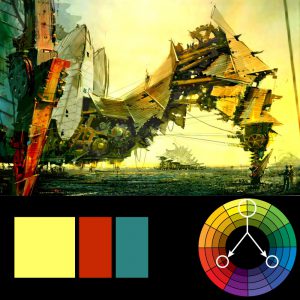
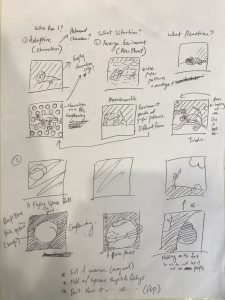
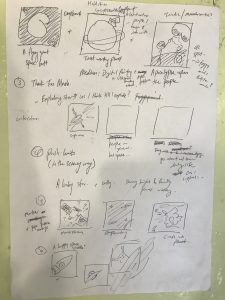
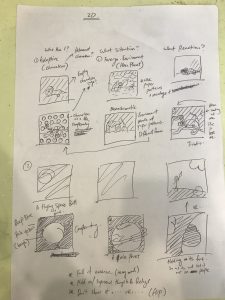
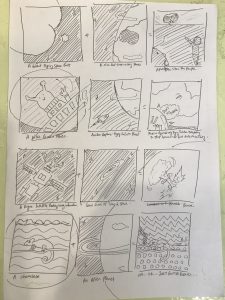
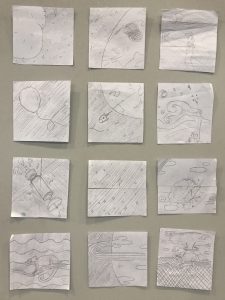
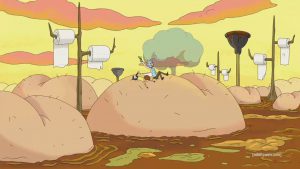
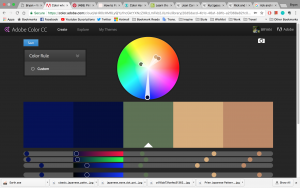

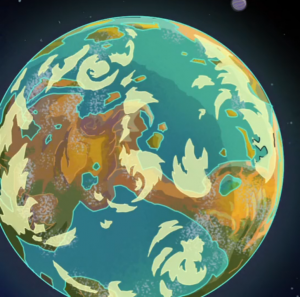
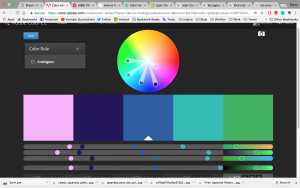
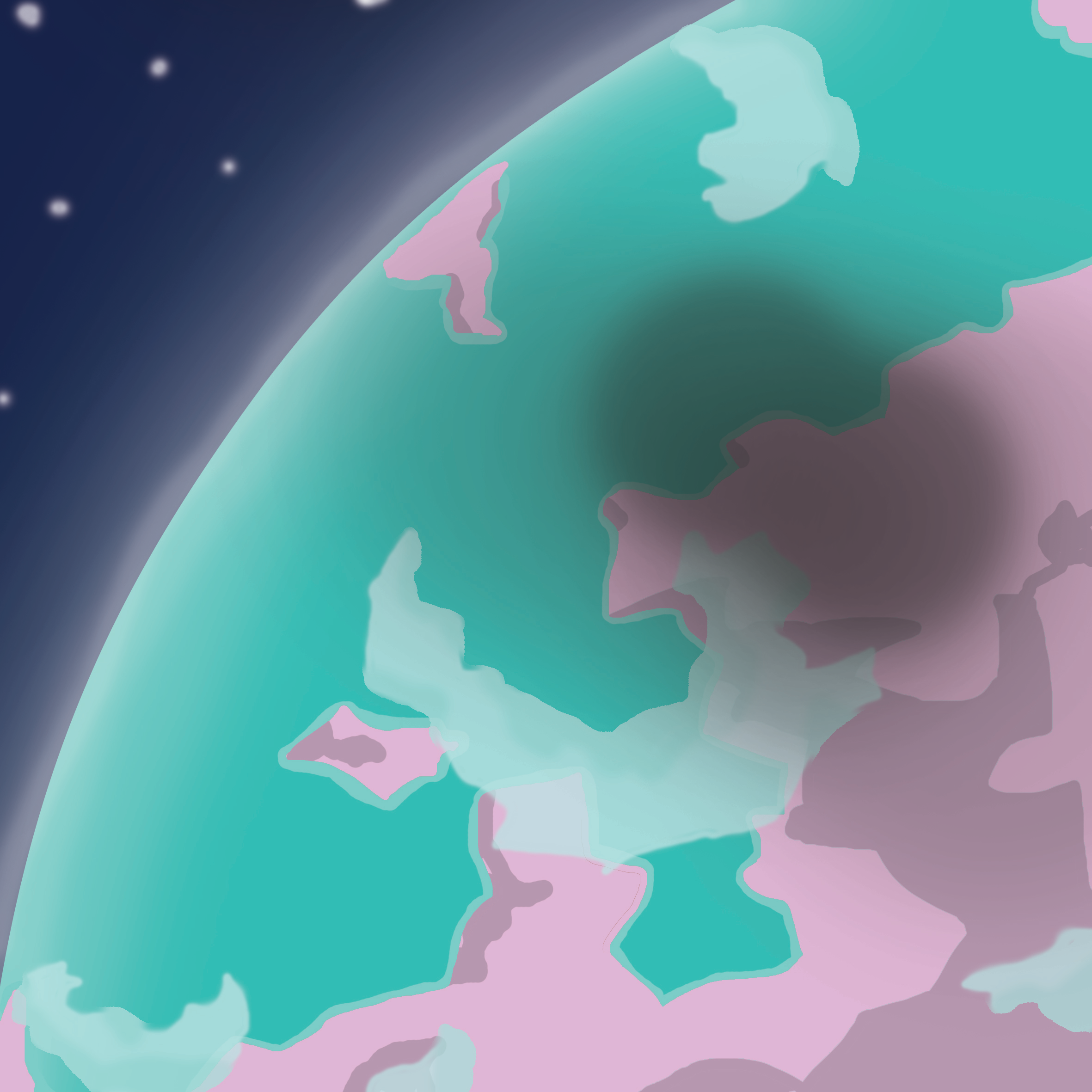
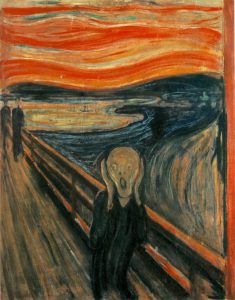
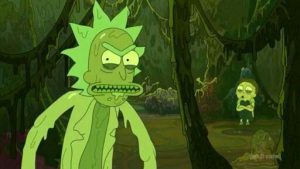
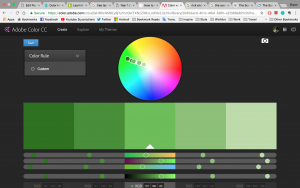
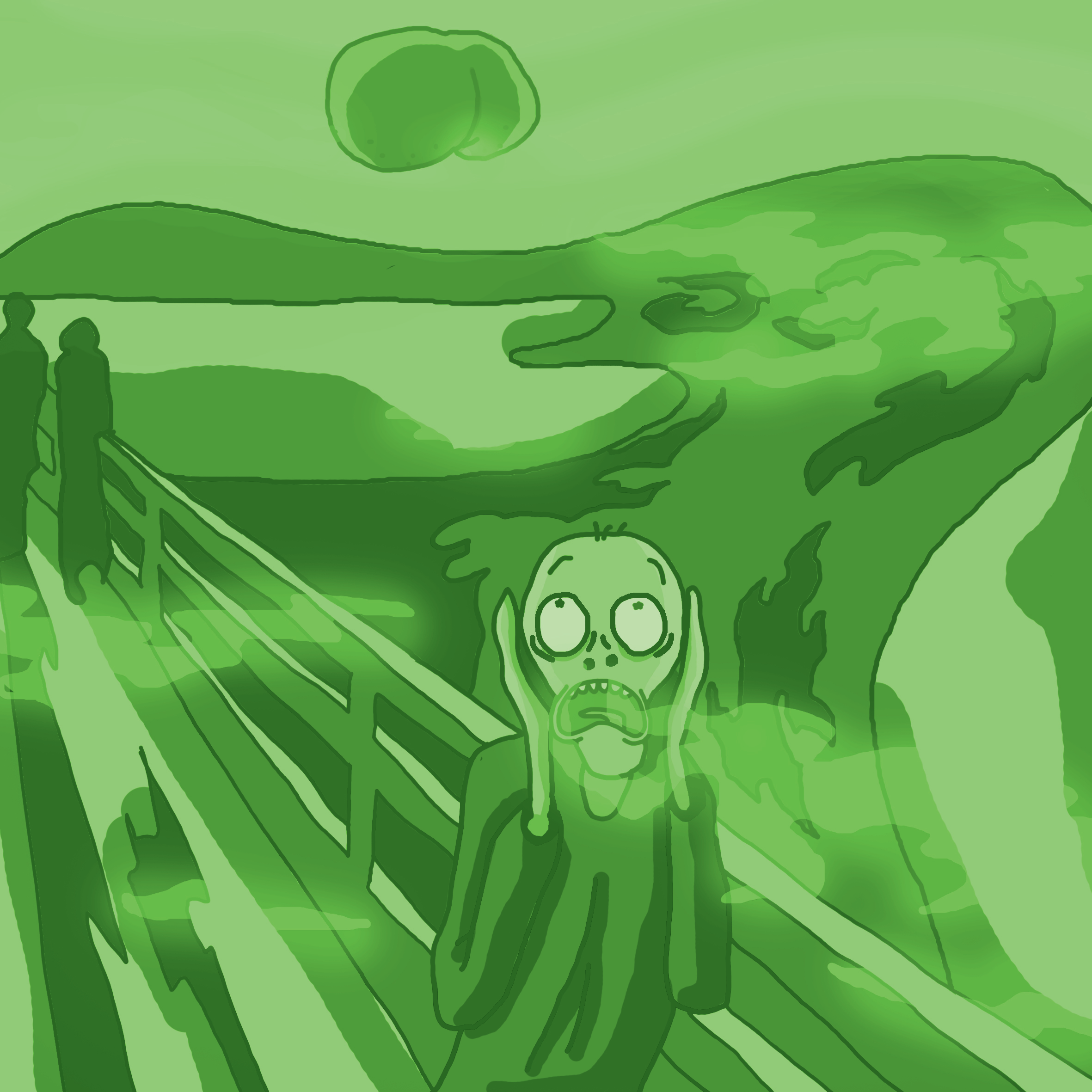 DOOM.
DOOM.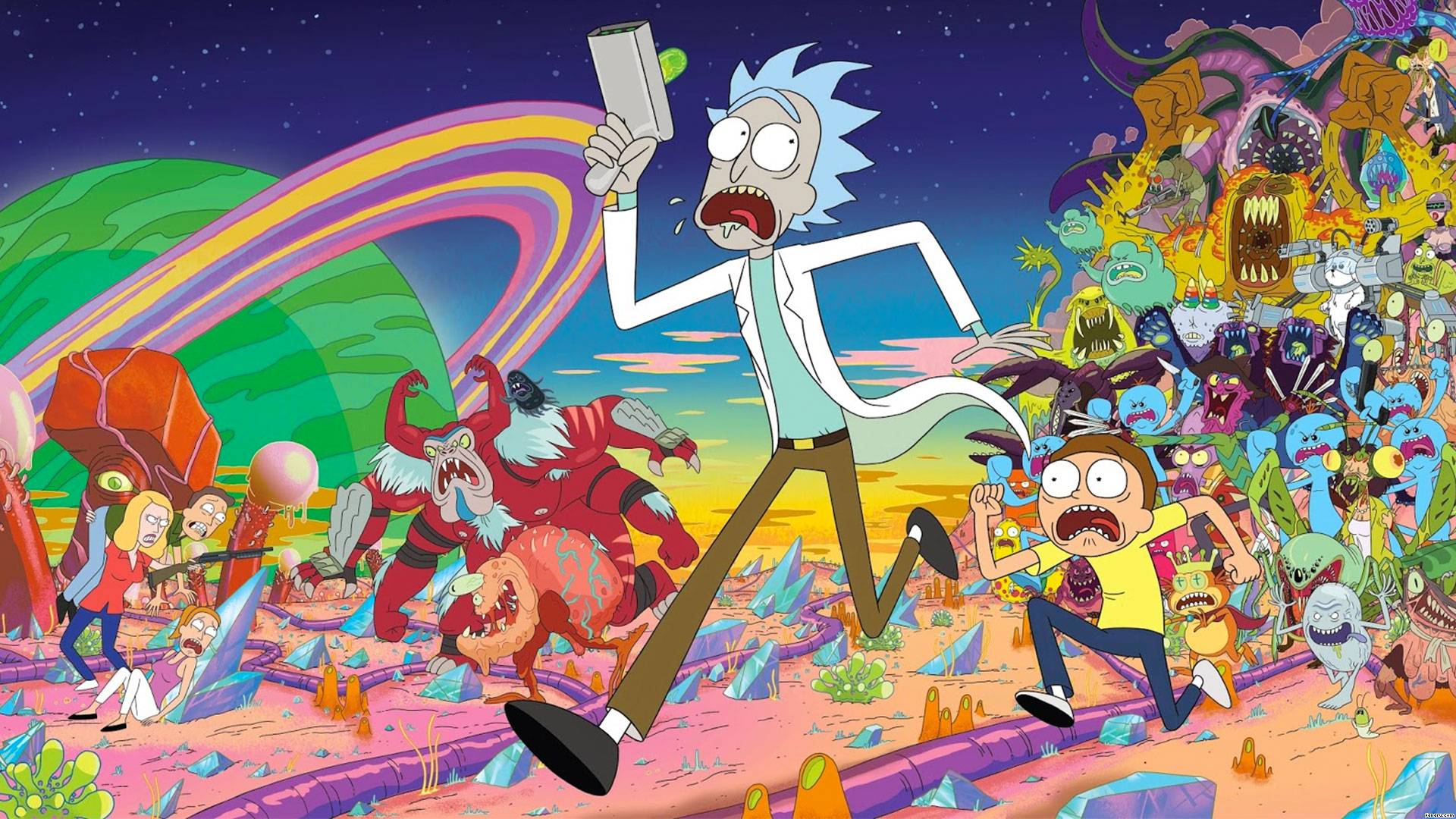
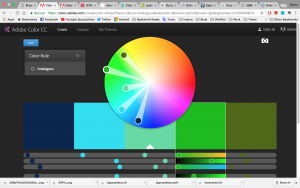
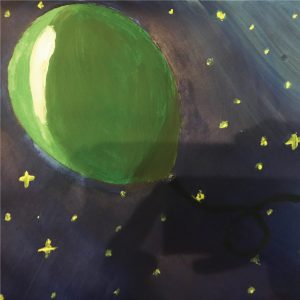
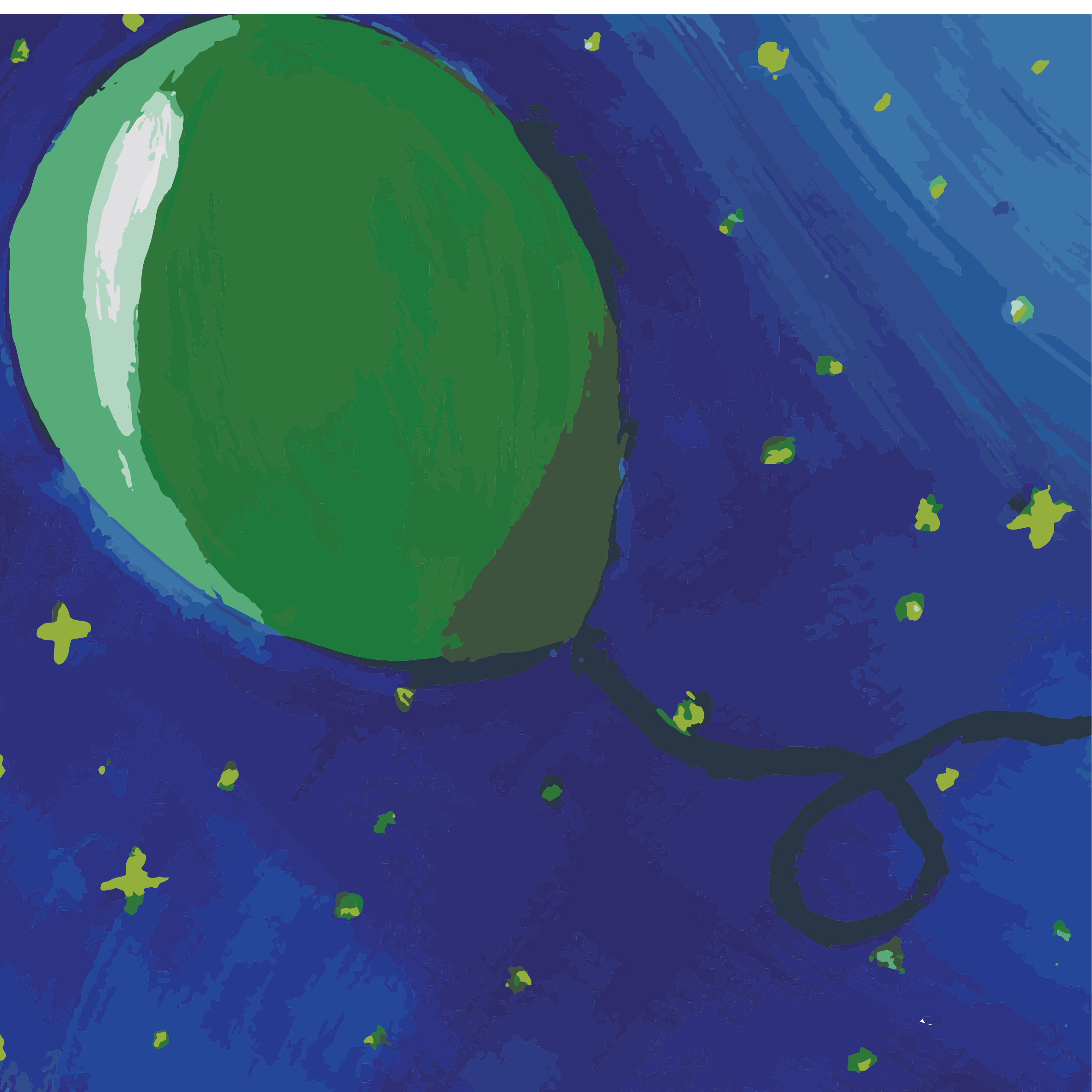
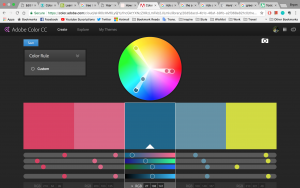

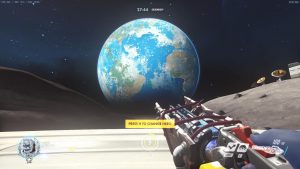
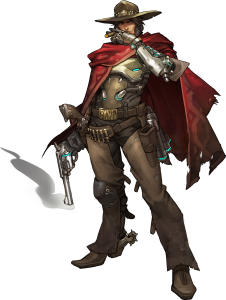

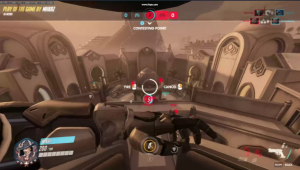
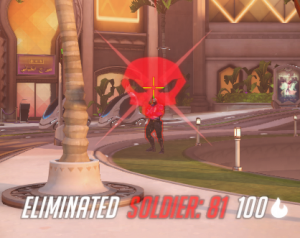
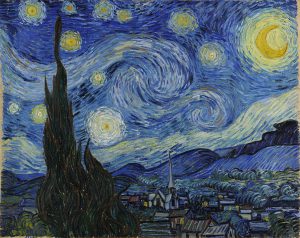
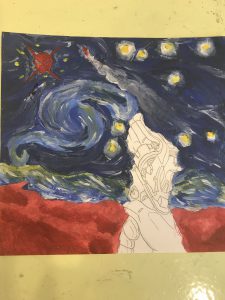
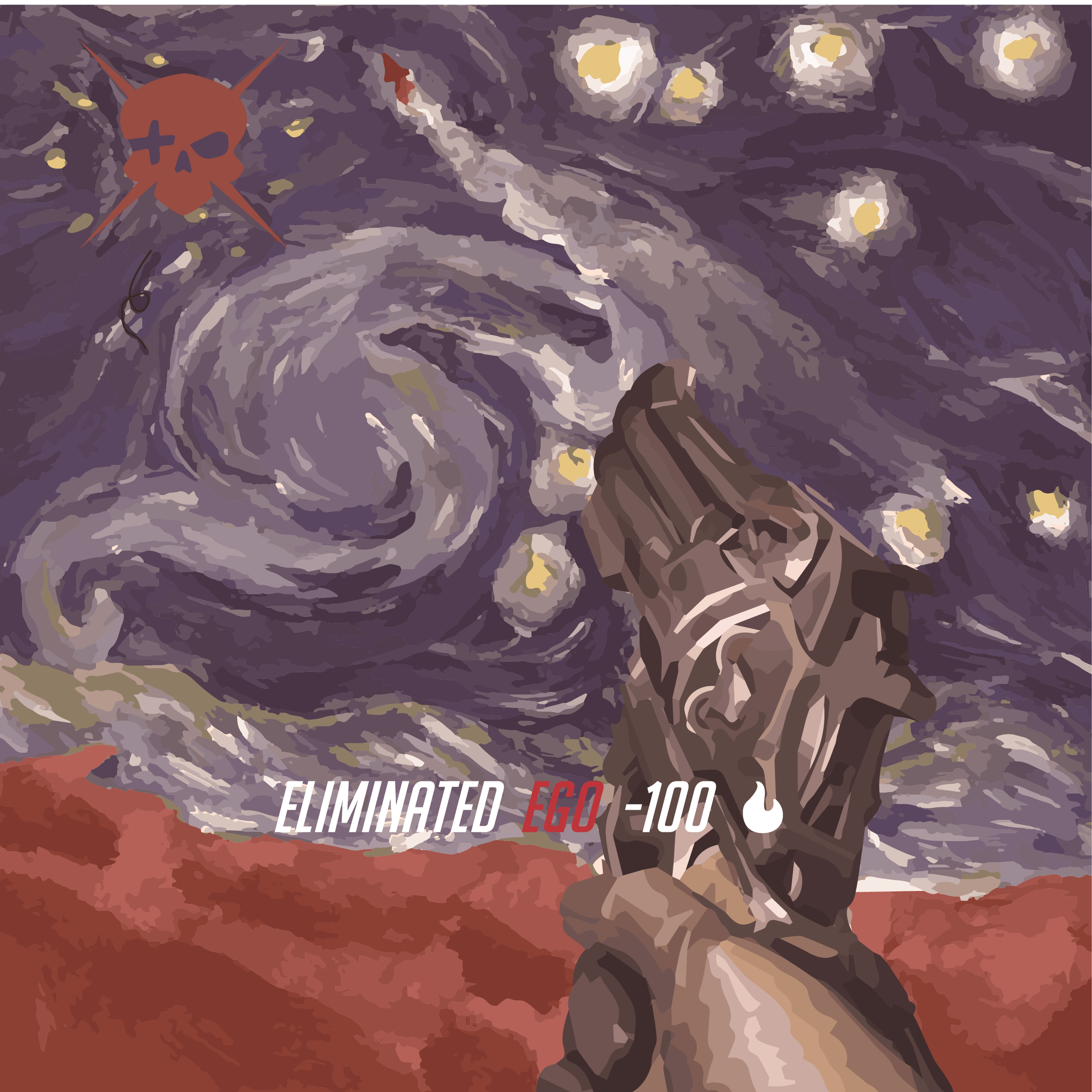
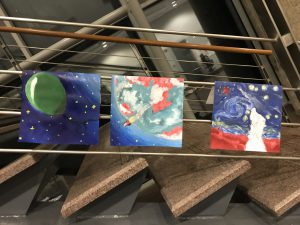
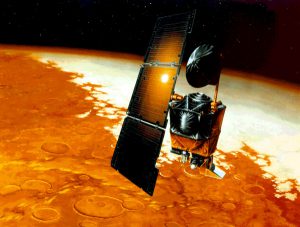
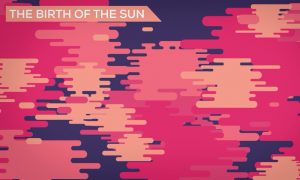
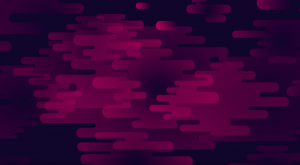
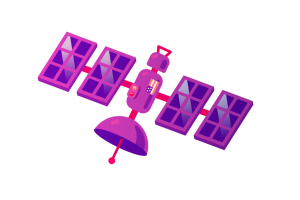
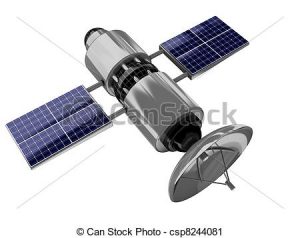
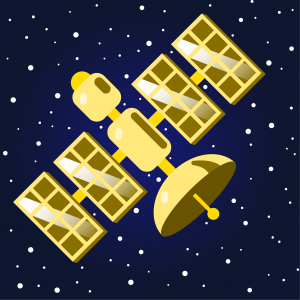
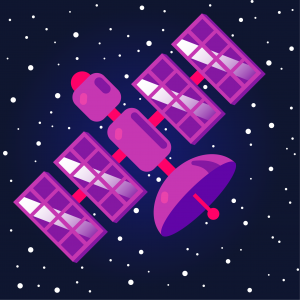 Purple, the original colour
Purple, the original colour